An imperfect, perfect picture – Interview with Joshua Oberhaus
Thank you so much, Joshua, for taking the time for this interview! Would you like to start by presenting yourself to our readers?
Thank you very much for this opportunity! About me, my name is Joshua Oberhaus. I’m from near Cologne in Germany and love to take pictures.
I started as a child with a small digital camera, and from then on, I discovered my passion. Over the years it has become more and more intense, and the camera models more professional.
I have been involved in almost everything in my career. Be it animals, people, cars and so on. Ultimately, my focus was always on people and shooting them in a suitable location.
I’ve been with Fuji for quite some time now, and I’ve been enthusiastic about this system since day one.
I’ve always been a fan of the retro look / vintage style, and now with Fuji I was able to serve this style perfectly.
It’s just uncomplicated, and you “work” with the camera again, not just pressing the shutter button.

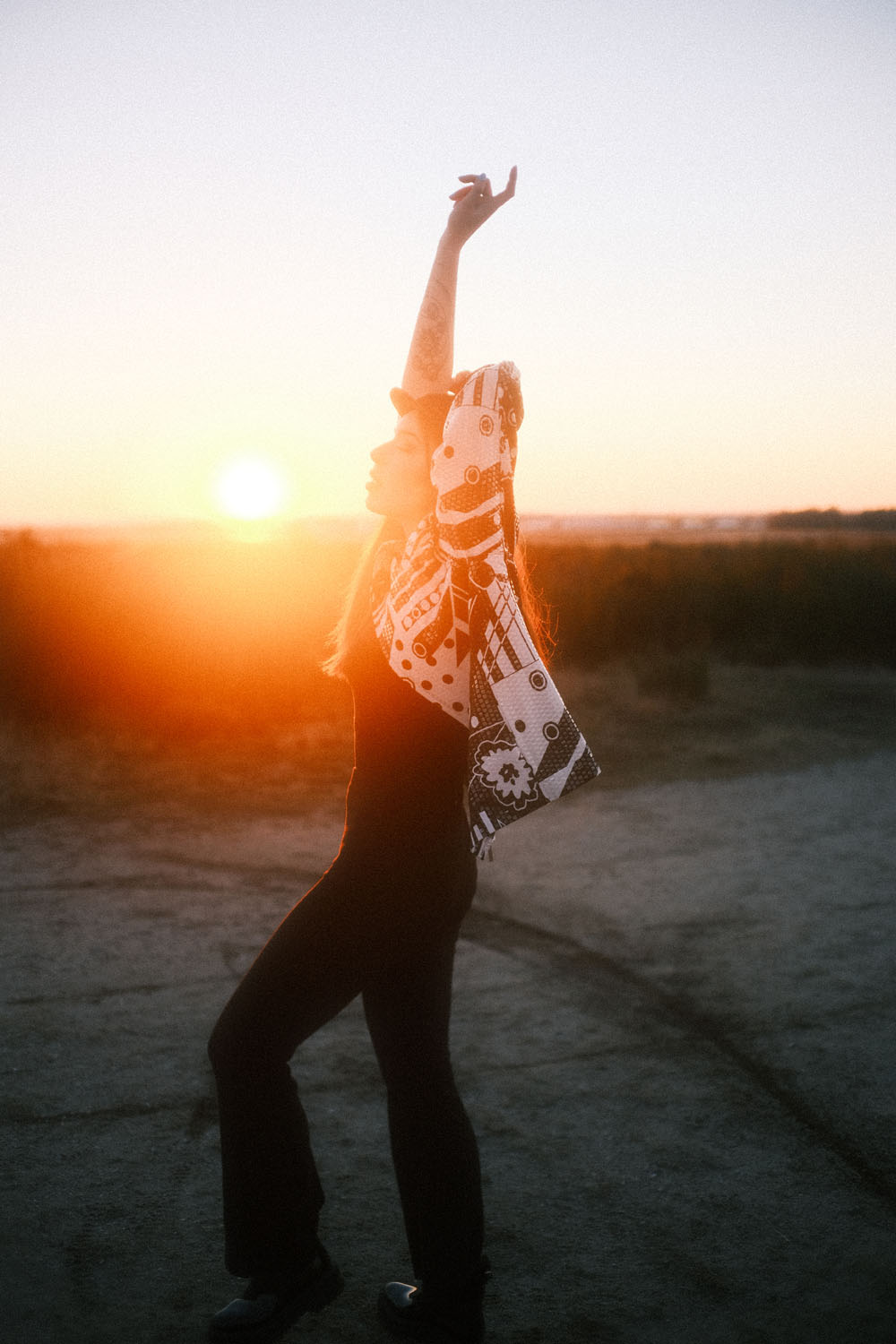

RIGHT: Fuji X-E4 . TTArtisan 23mmF1.4 . 1/1800″ . ISO 640
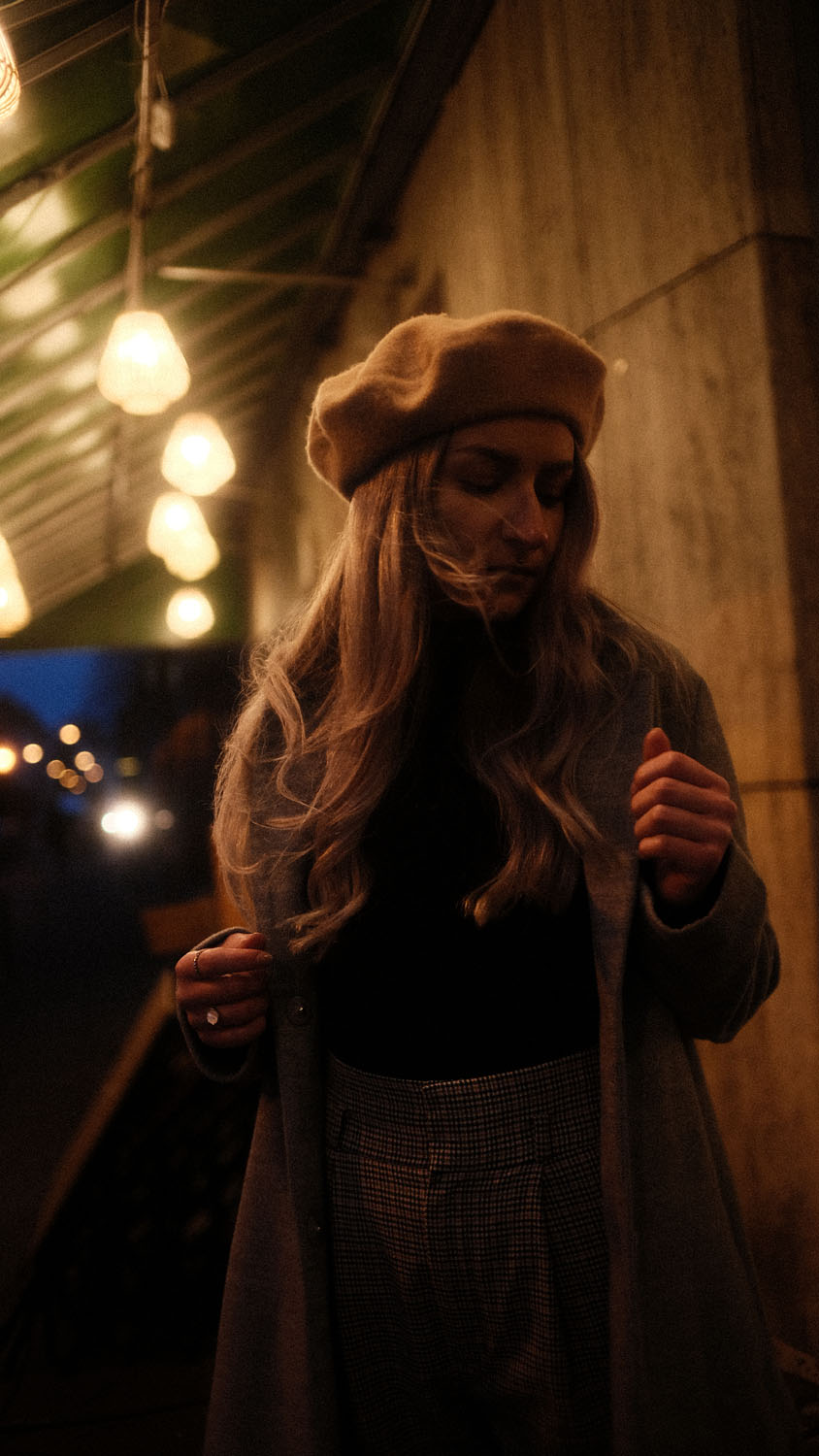
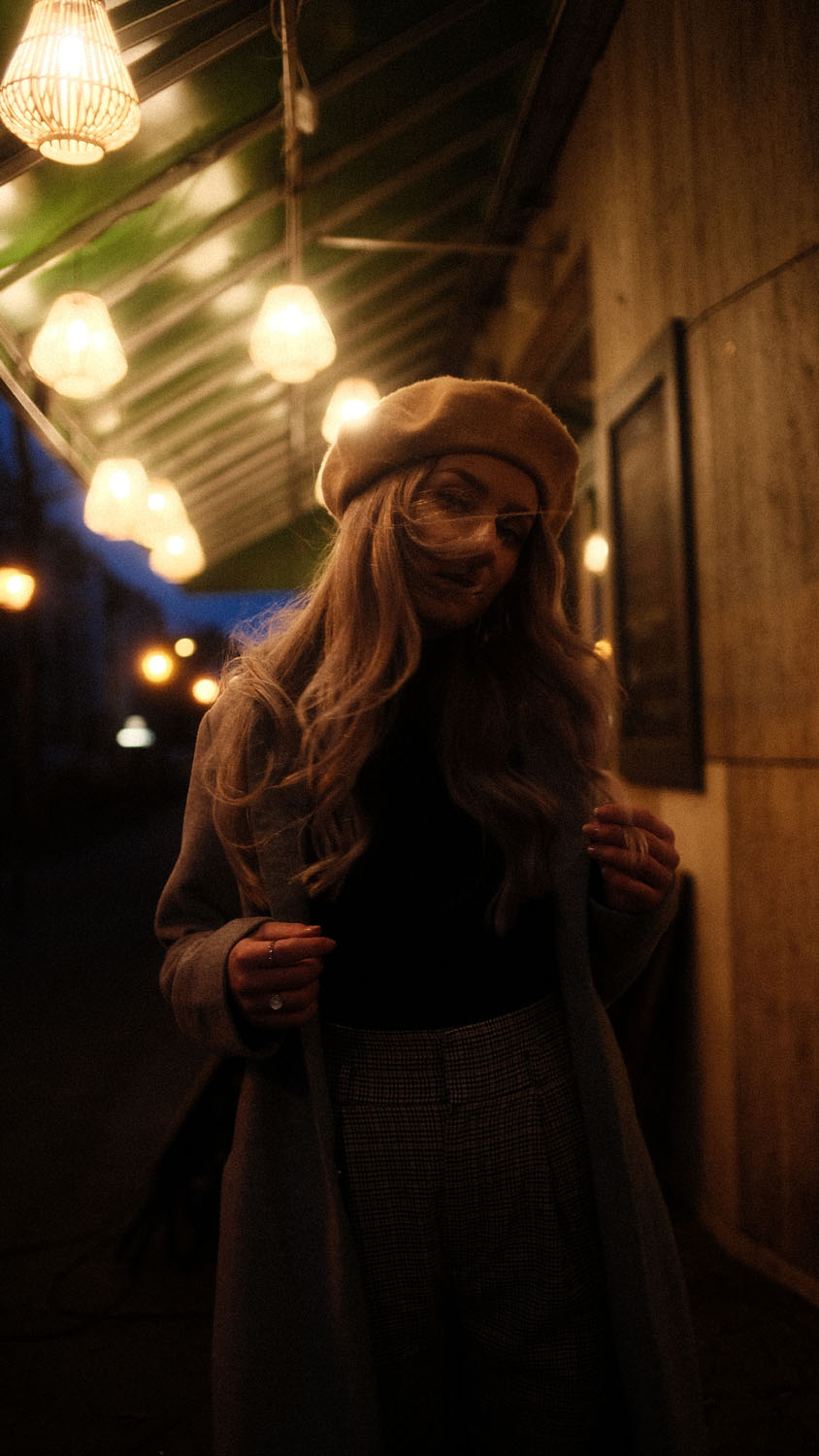
RIGHT: Fuji X-E4 . TTArtisan 23mmF1.4 . 1/75″ . ISO 800
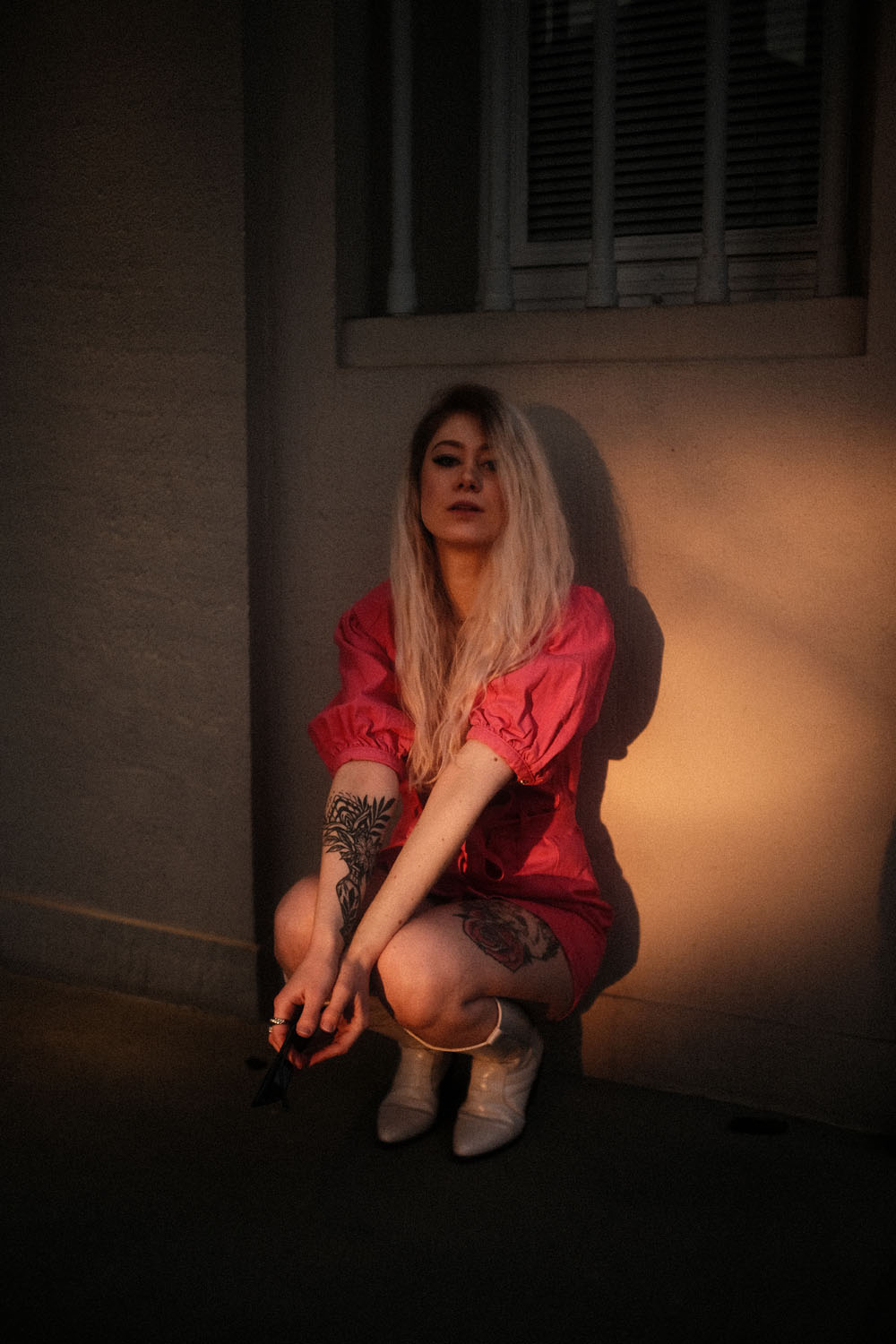
Whether in portrait photography, classic cars, lifestyle or travel, your portfolio as a whole is characterized by a glamorous vintage mood, giving it a remarkable consistency. How did you develop this distinctive style?
As already mentioned, I have always been enthusiastic about photographing the retro look and the style behind it.
Before I started shooting with Fuji, it was a lot of work to get there with another system and, above all, a lot of post-processing in Lightroom or Photoshop.
I think we all pick up a certain style somewhere, be it from other photographers who inspire us or from films. This definitely led me to produce what you can discover in my portfolio. It’s an ongoing process, you often change small things to get what you want it to be in the end. In the end, however, you also develop a personal handwriting that creates this recognition value as far as your own pictures are concerned.

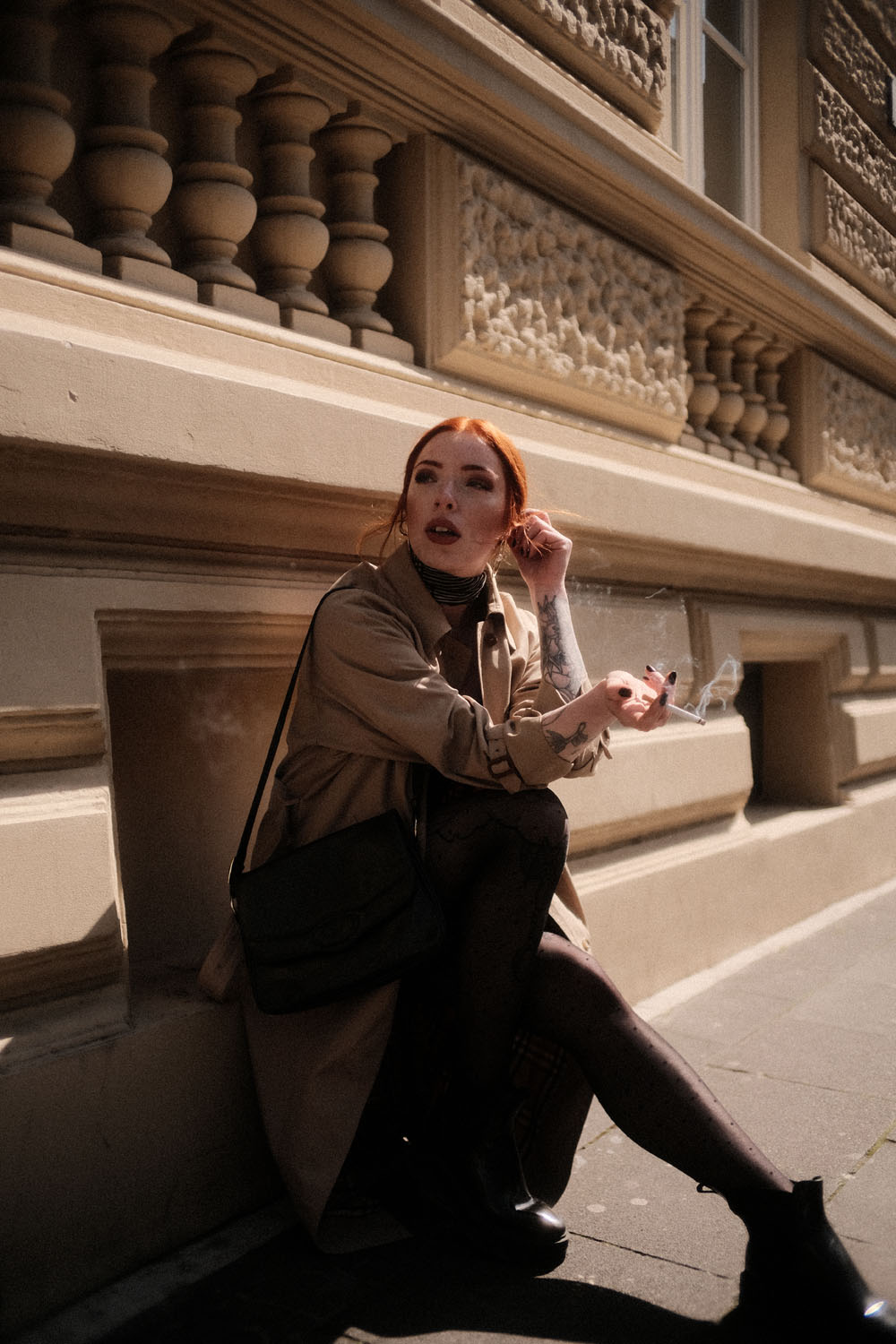

RIGHT: Fuji X-E4 . TTArtisan 23mmF1.4 . 1/12800″ . ISO 640

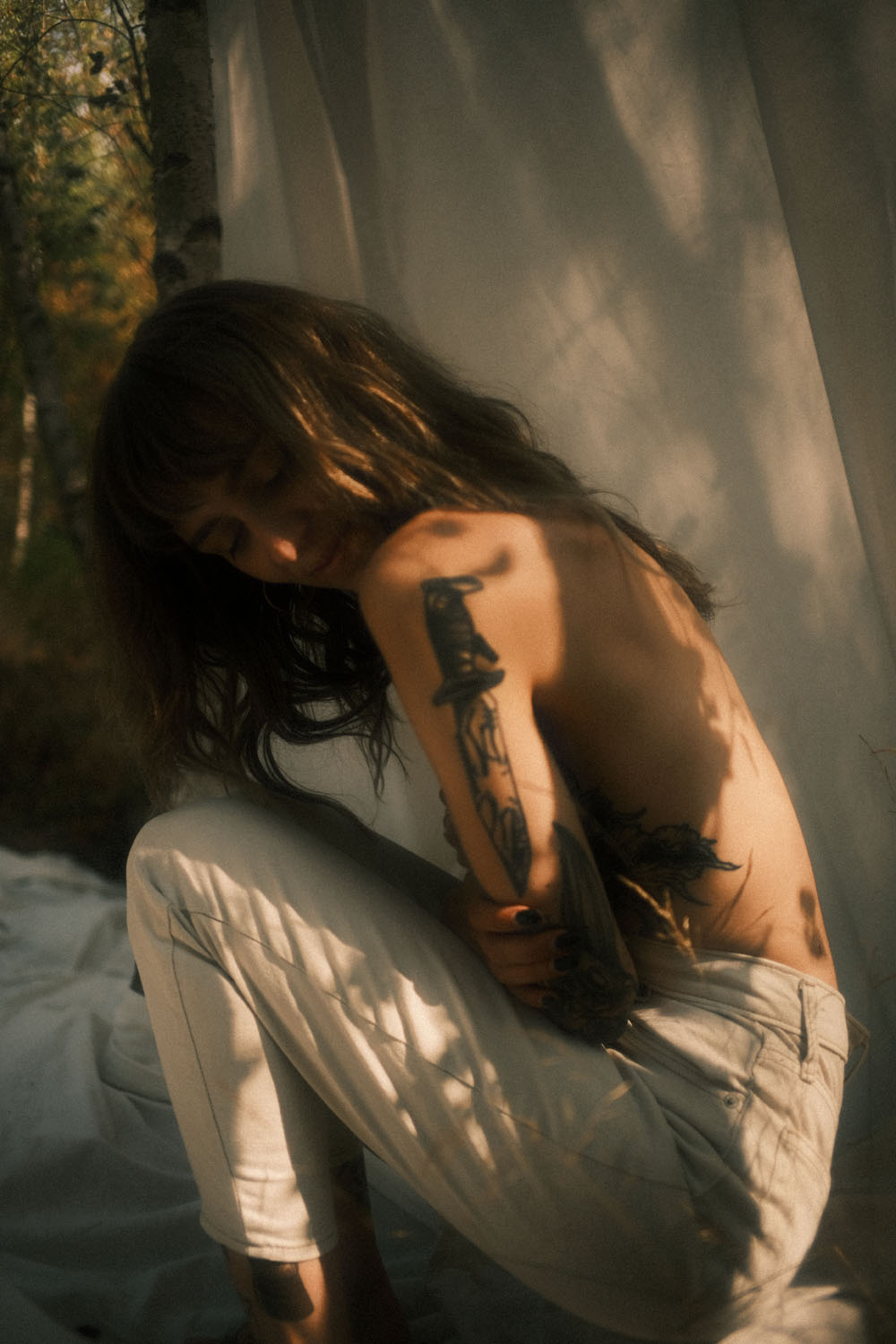
RIGHT: Fuji X-E4 . TTArtisan 23mmF1.4 . 1/14500″ . ISO 640
In an increasingly global world, we all are influenced by the work of other photographers, the movies we watch, music we listen to or books we read. And what about you? What inspires you, and what ignites your creativity?
In the course of time, it was often other photographers for me. Nowadays, in the time of Facebook, Instagram, Pinterest and others, seeing their work and building my style from it has influenced me a lot.
In the meantime, I can say that I have developed my own style and its recognition value, but I still like to look at the work of individual photographers who still inspire me with the composition of the picture.
But my environment, in general, also creates a certain idea and inspiration, be it a building or the model itself. This also creates images in your head, which you then want to implement with the camera at the end.

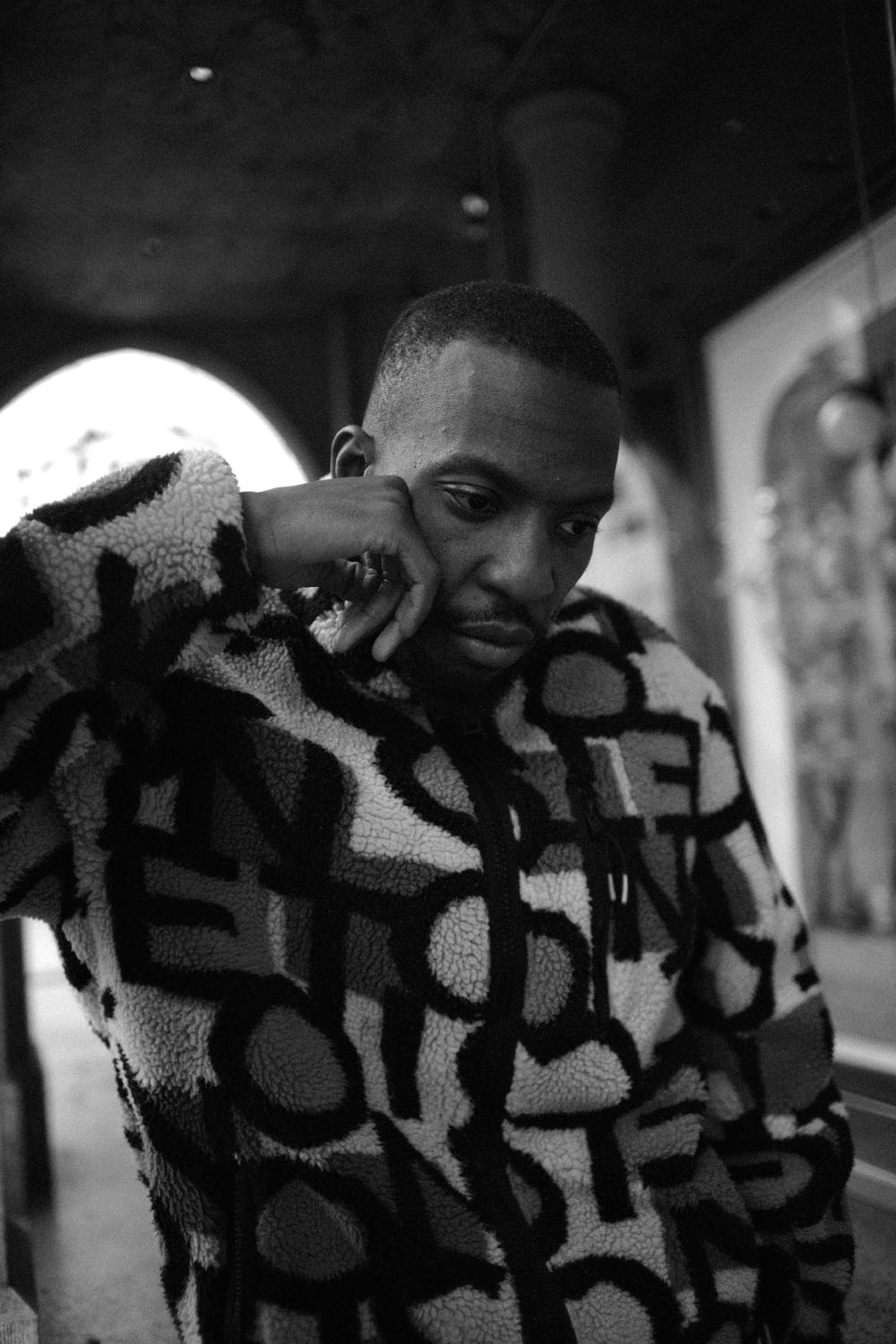
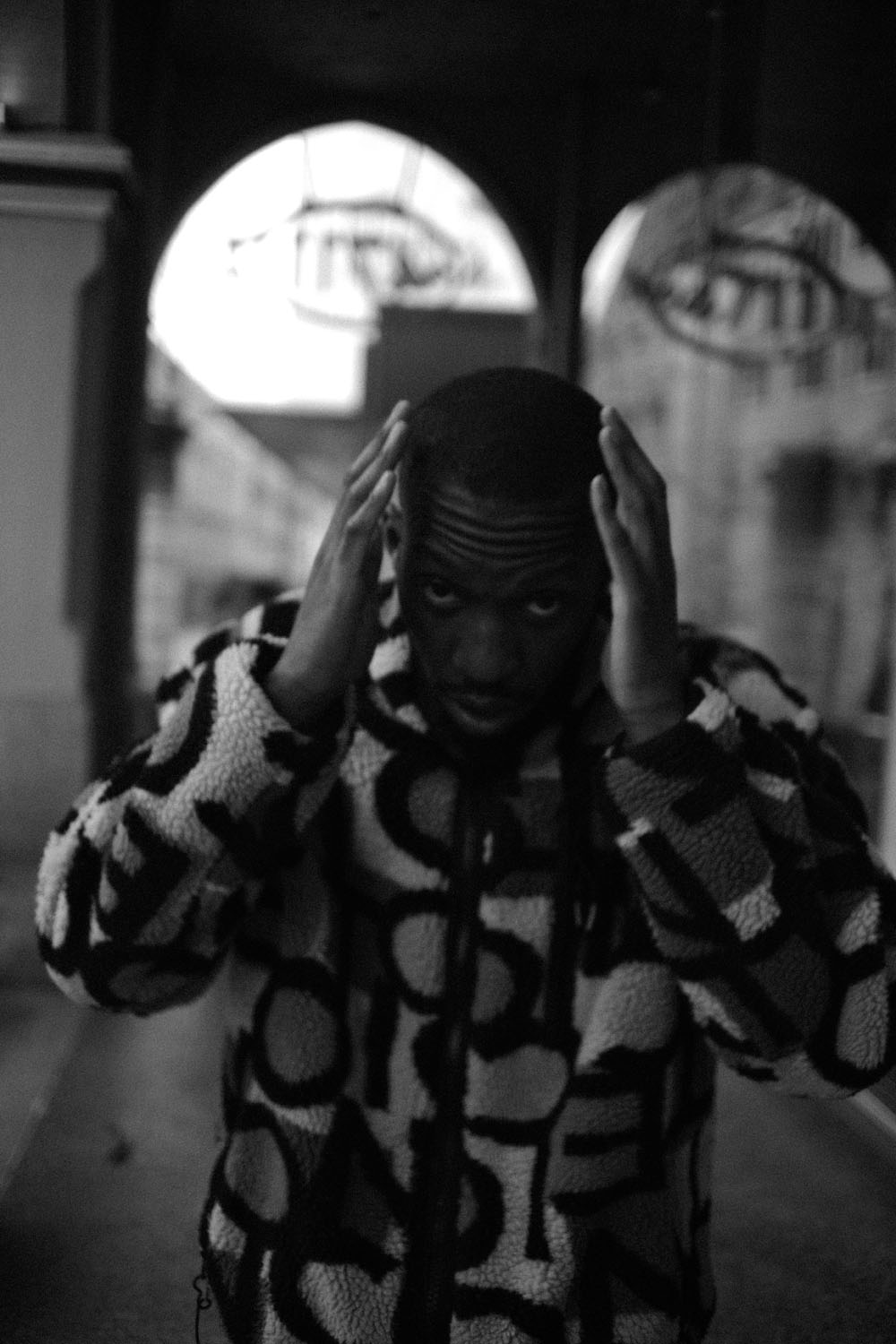
RIGHT: Fuji X-E4 . TTArtisan 23mmF1.4 . 1/200″ . ISO 80
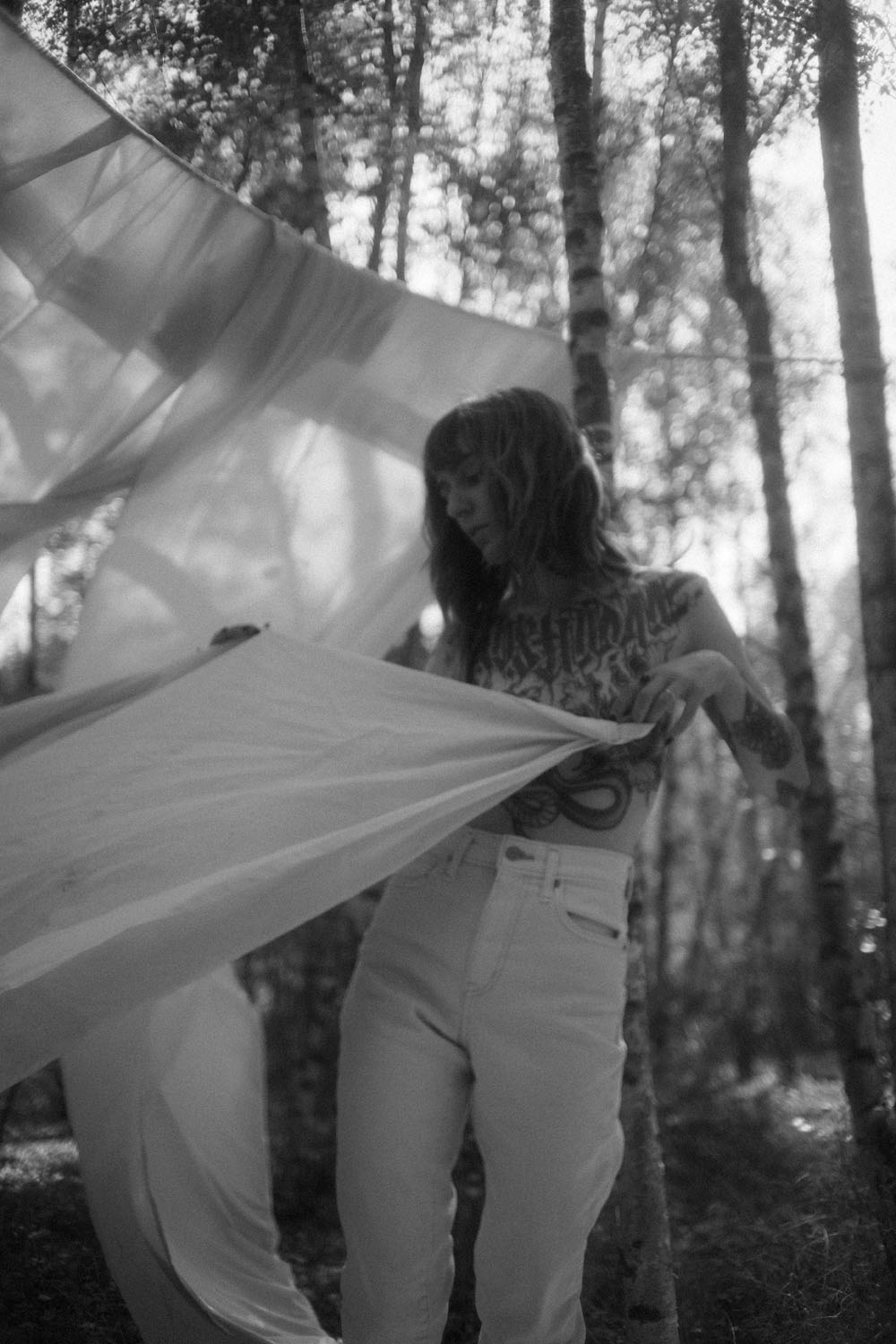
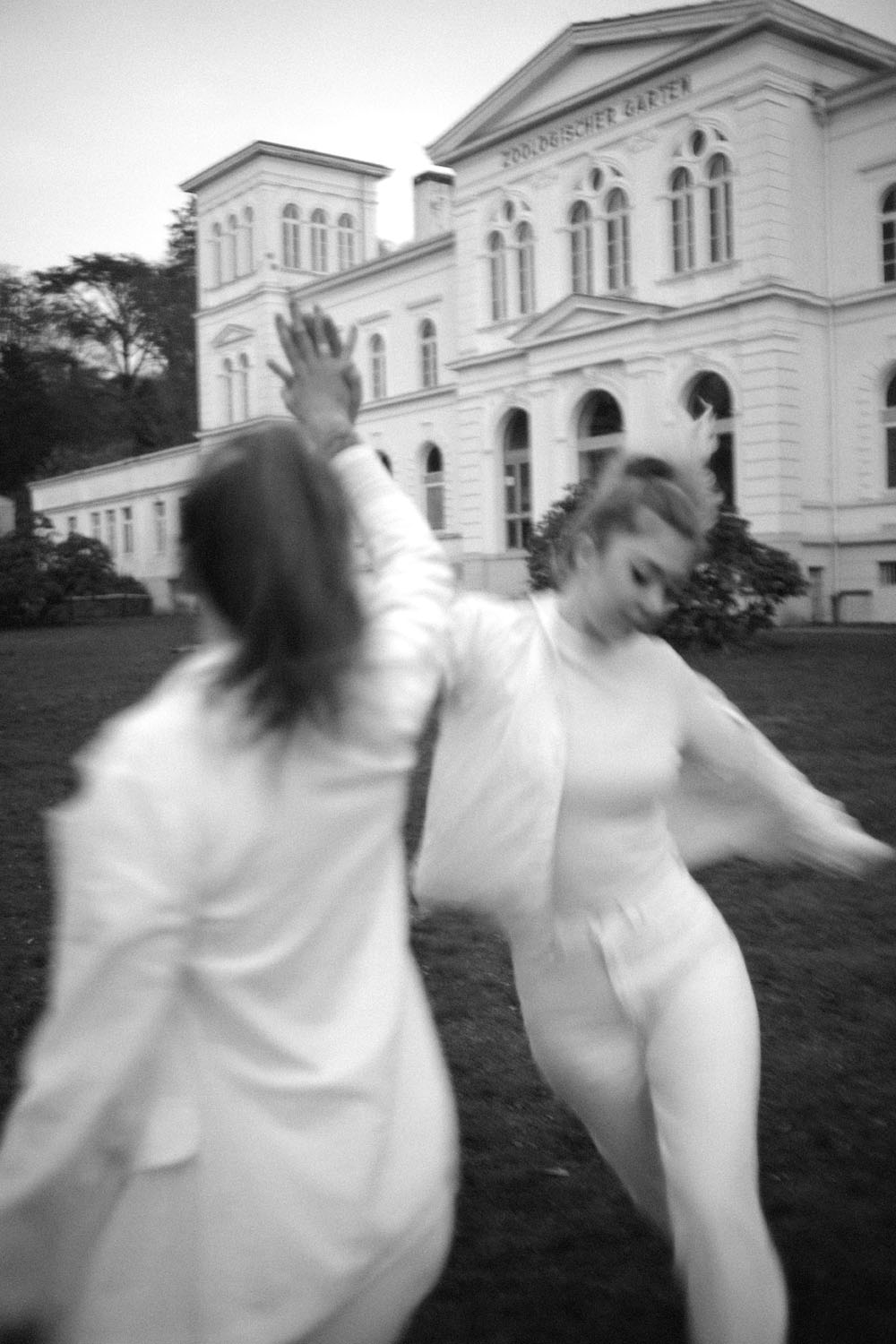
RIGHT: Fuji X-E4 . TTArtisan 23mmF1.4 . 1/30″ . ISO 80
We understand that most of your work is shot with a single camera and lens combination. Do you consider this option not as a limitation, but rather as something quite liberating, that allows you to free your focus to what really matters, the subjects before you?
I’ve found that I don’t need anything else right now. I used to have too much, be it lenses or camera accessories.
But in the end, I realized that I didn’t need any of that for myself! You consume more and more, and you get more and more, but do we really need it?
Since I’ve been traveling with the Fuji, I’ve limited myself to the essentials, which are the camera and the lens that suits me.
For me, it is liberating not to take so much material and to concentrate directly on what I want to implement. Of course, I can never say whether something new will be added at some point, but as it is now, it fits perfectly my needs.
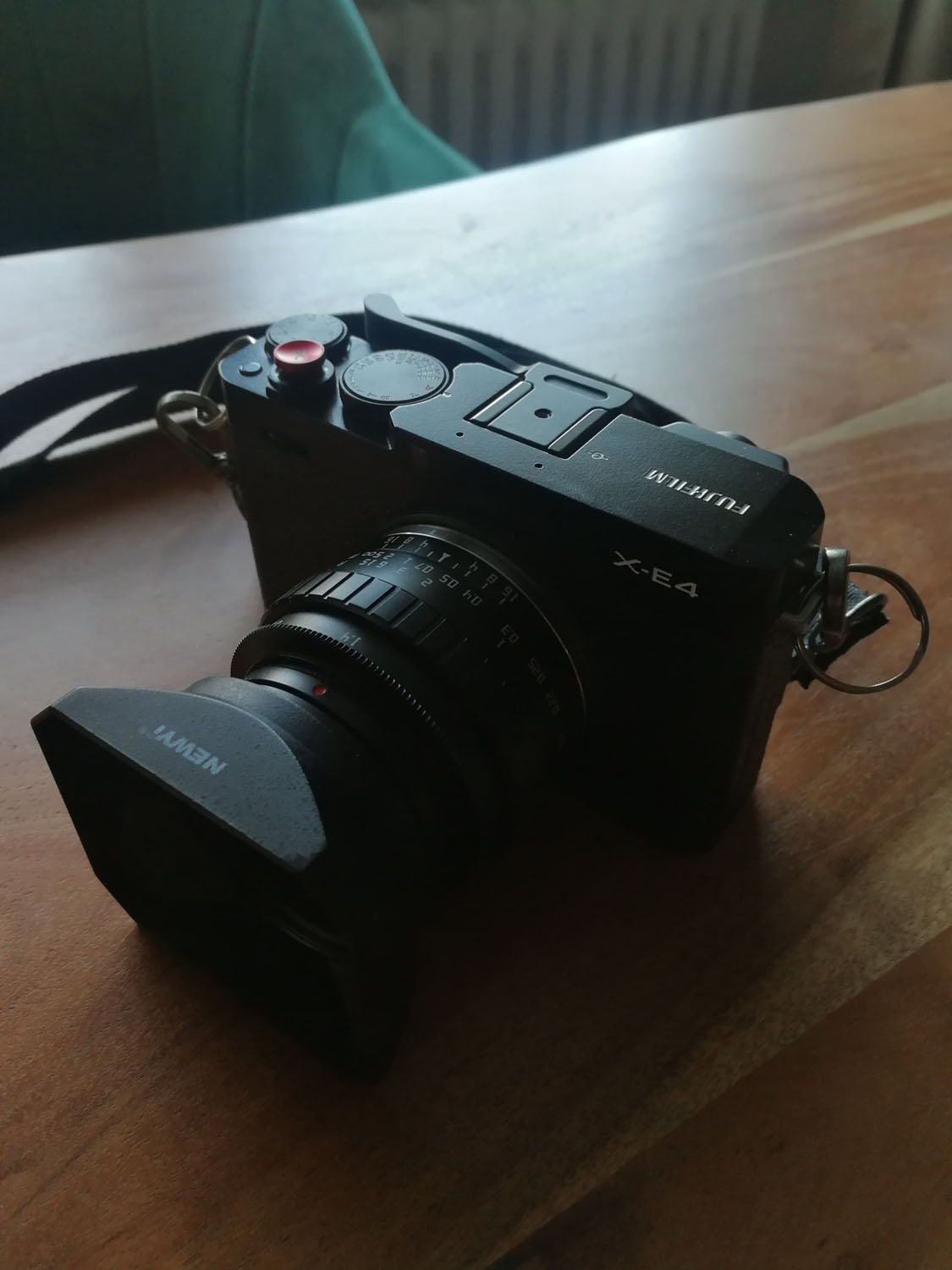
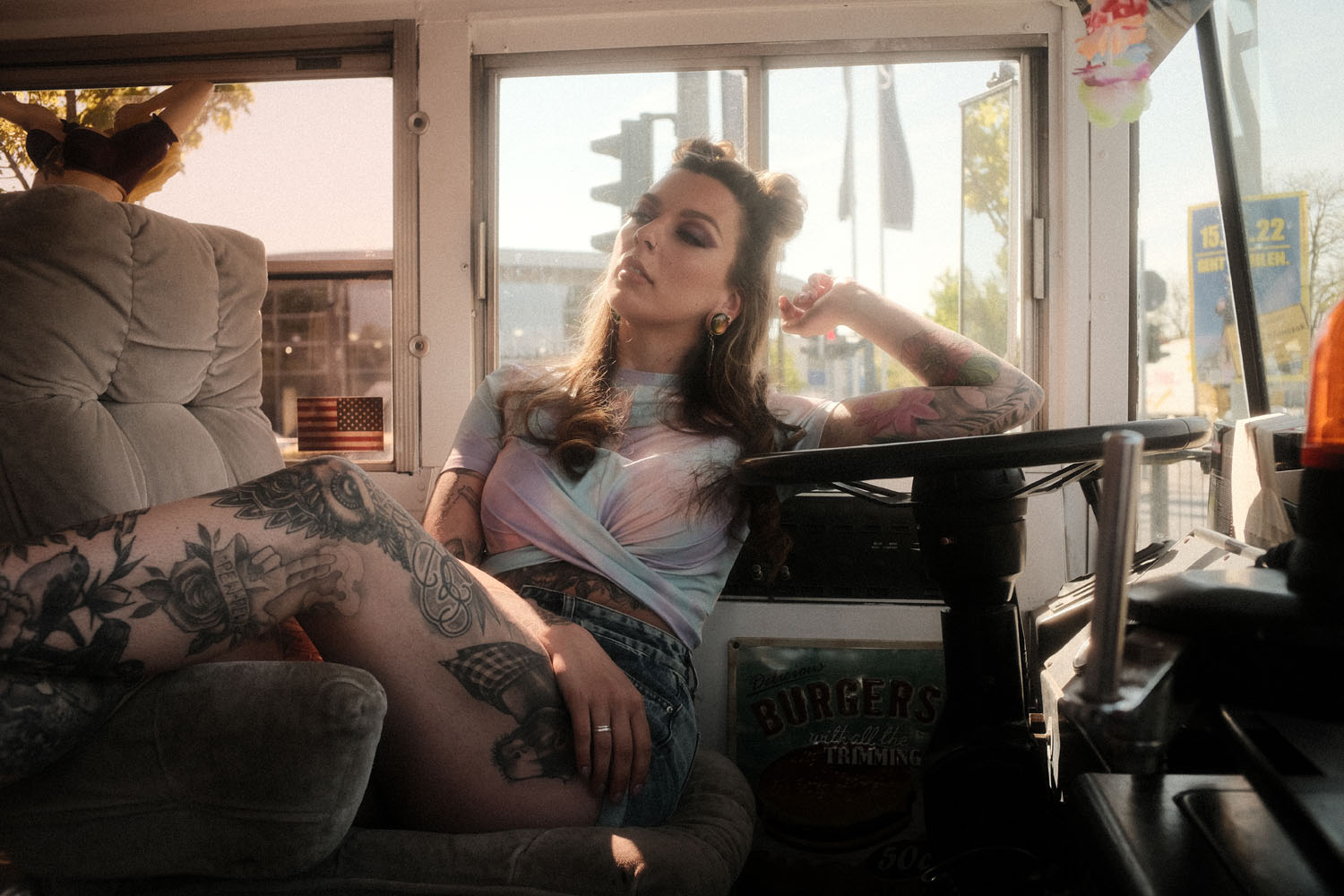
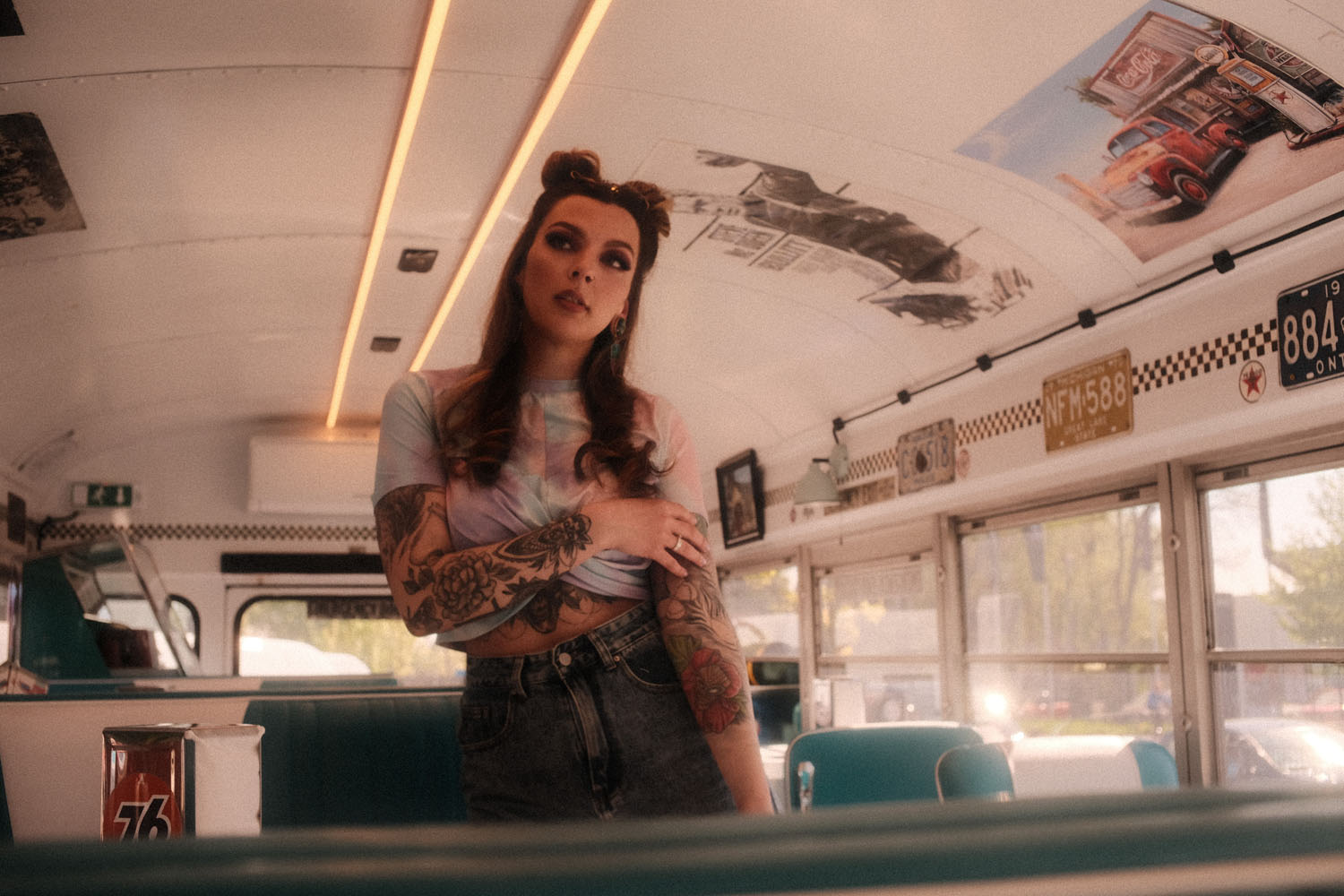
RIGHT: Fuji X-E4 . TTArtisan 23mmF1.4 . 1/240″ . ISO 640

When choosing the lens, why the option for the 23mm? Have you ever wished you had something wider or narrower, or is the 35mm (FF equiv.) just perfect for the type of work you do?
That’s a good question, over the course of time, which has now been a few years, I’ve had different lenses. But over the past few years, I’ve always stuck with a 35mm (or now 23mm). At the moment, I can well imagine becoming even smaller. Maybe 17mm or so, I just like the look of that focal length, and it’s always suited my work. I’ve never had any problems and have always been able to use it very well so far.
Of course, it’s always important to me how strong the lens is.
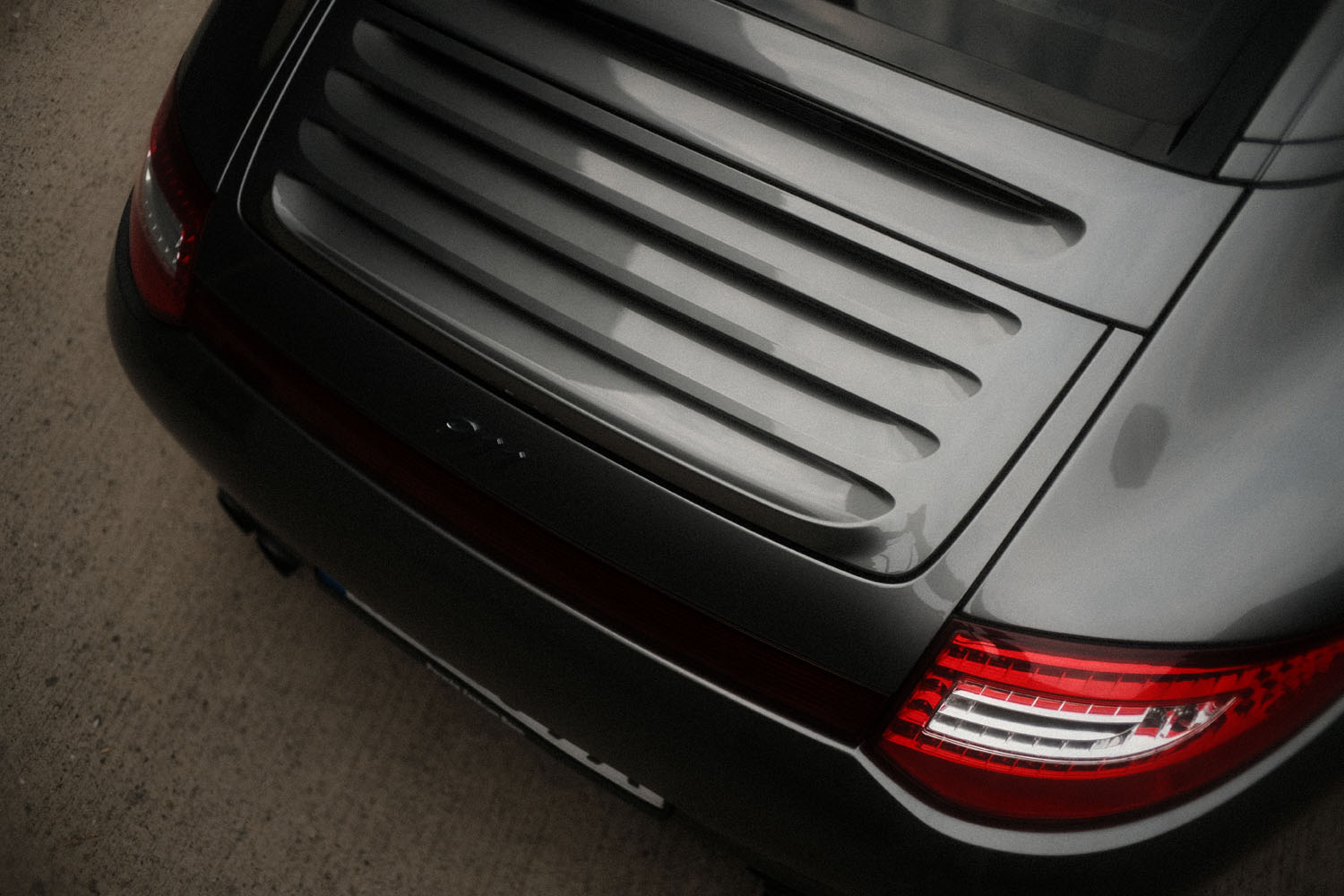
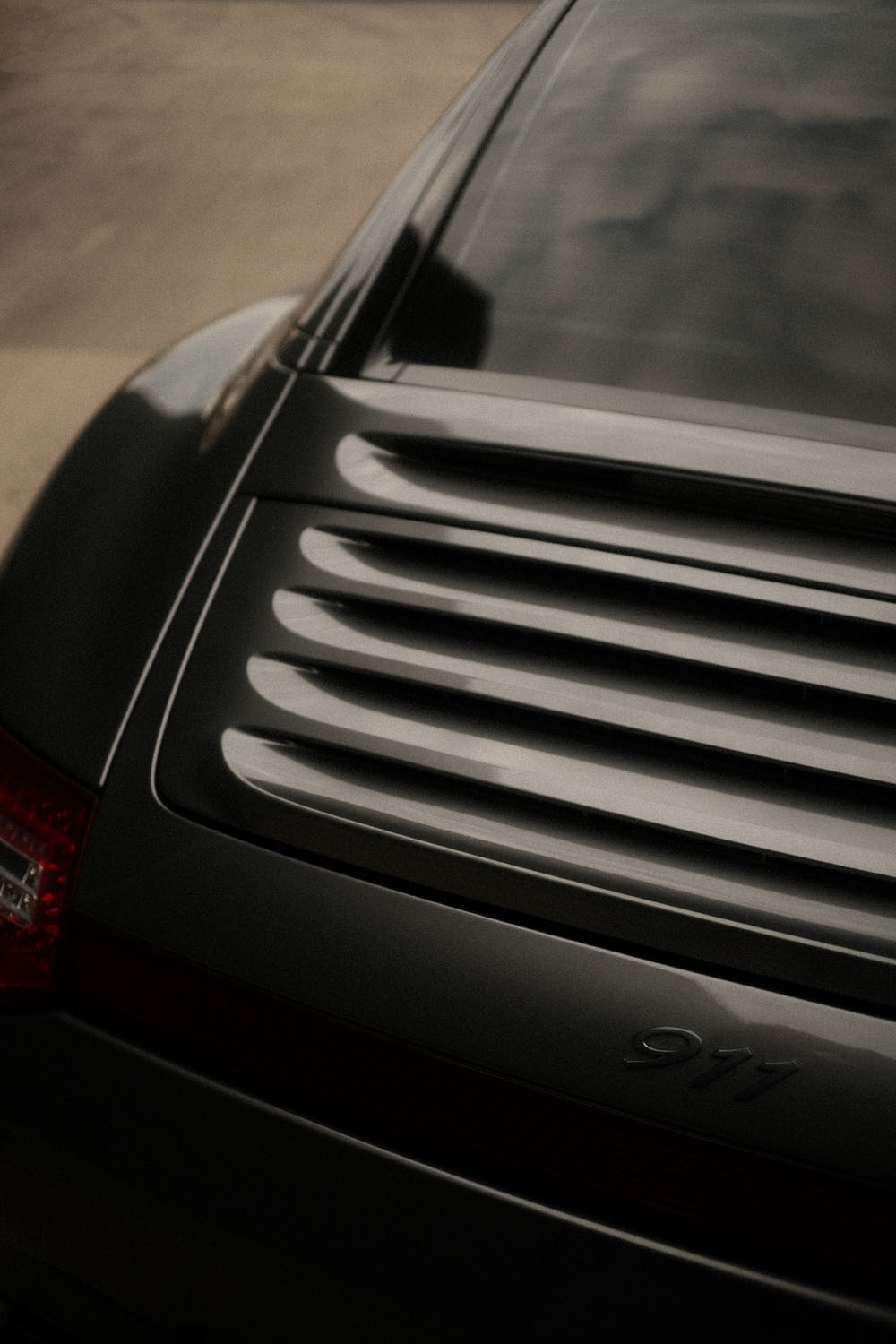
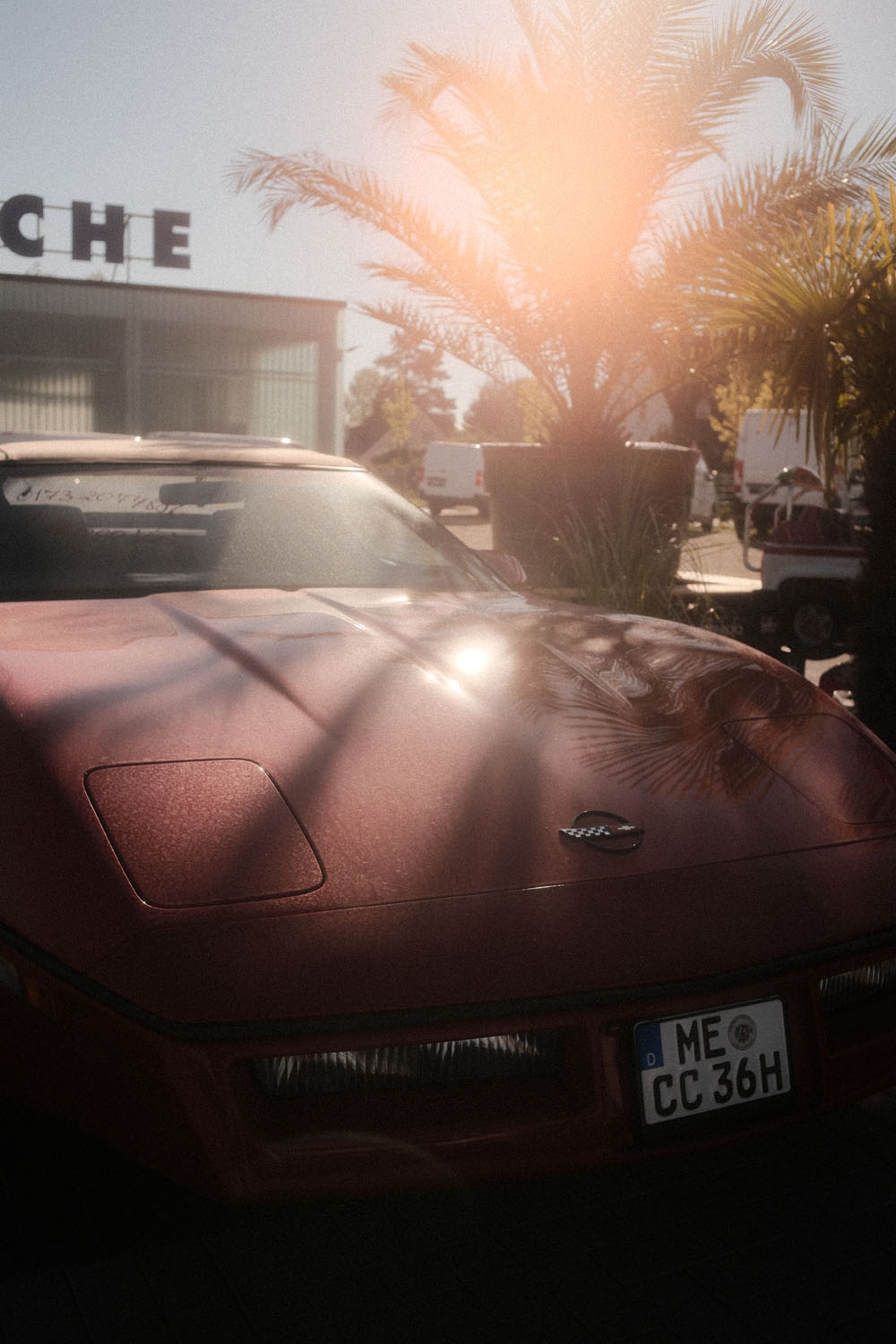
RIGHT: Fuji X-E4 . TTArtisan 23mmF1.4 . 1/5700″ . ISO 640
Many photographers have always considered the Fuji X-E series to be the perfect combination of compactness and the rangefinder-styled camera body that so many appreciate. Which reasons made you choose the X-E4, and what other models did you consider at the time of purchase?
It was more of a coincidence for me, a friend had the X-E4 and I really liked her pictures. Then I spoke to her, and she explained the technology from Fuji to me, and I was amazed! I quickly gave up my old system and switched straight to Fuji.
Yes, Fuji is just incredibly compact and robust as a whole, I really liked that the X-E4 is so small and light.
Before, I always had big, heavy cameras, which sometimes made it very cumbersome in everyday life. Now I can take this little miracle with me on my travels for my documentations there or with little luggage to the shooting.
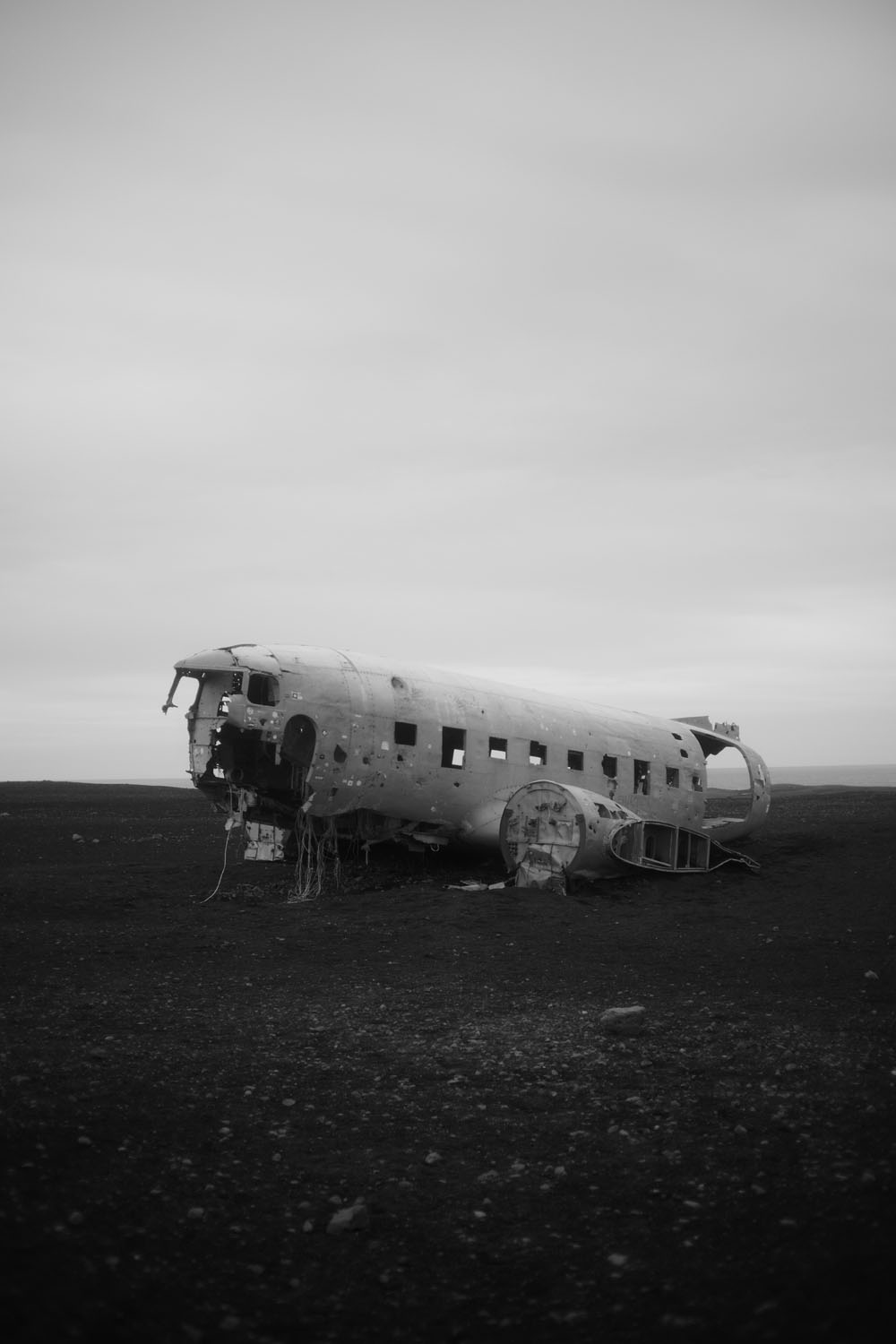
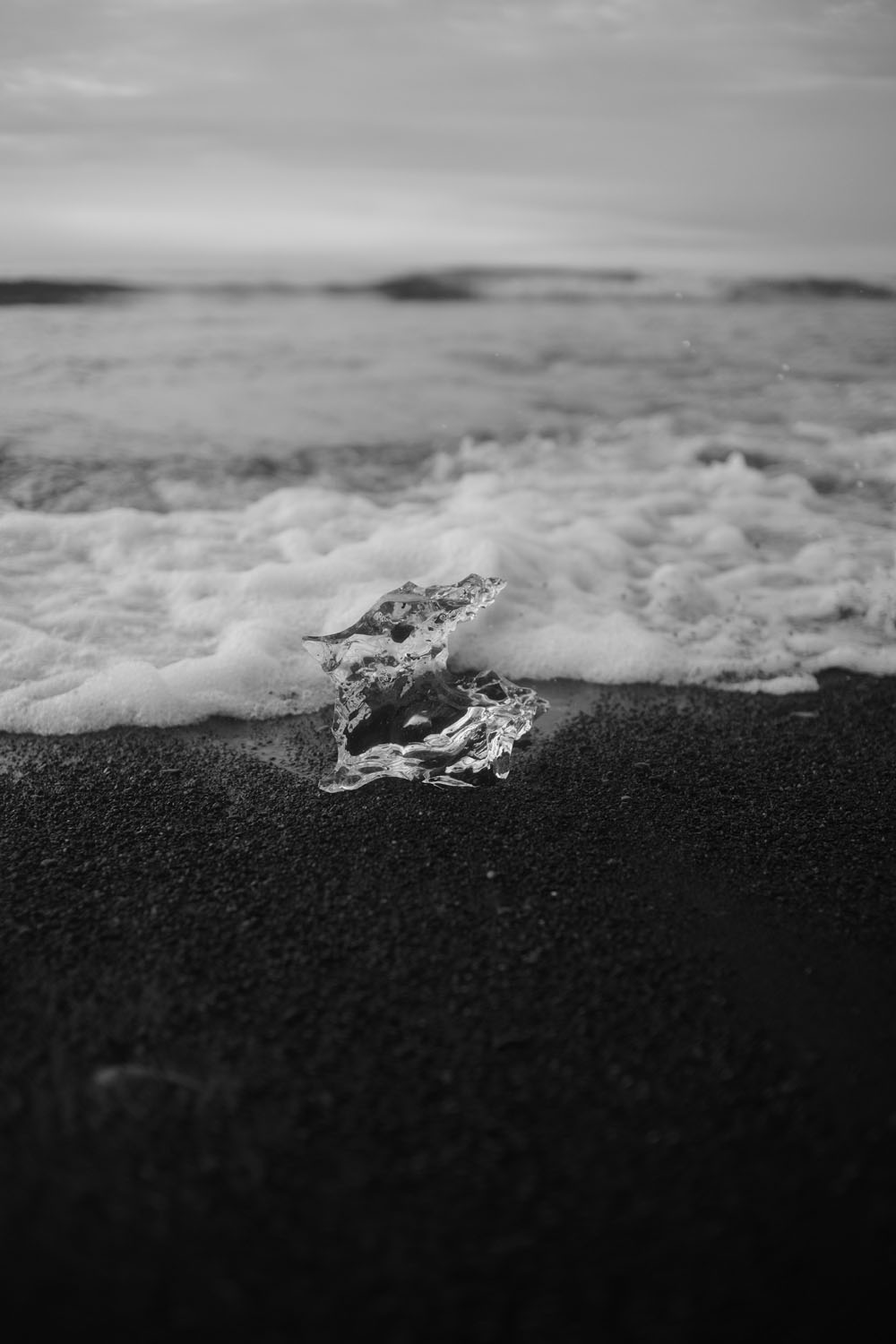
RIGHT: Fuji X-E4 . TTArtisan 23mmF1.4 . 1/15000″ . ISO 640

What was, of course, an absolute highlight is the style of Fuji and the associated film simulation. I didn’t know anything like that before, and I was very interested in getting to know it.
Before buying the X-E4, I had looked at other models, but it was supposed to be this camera from the start! The combination of an analog lens and the variety of possibilities in the camera itself means that you work with the camera again for the result and thus bring joy to photography again.
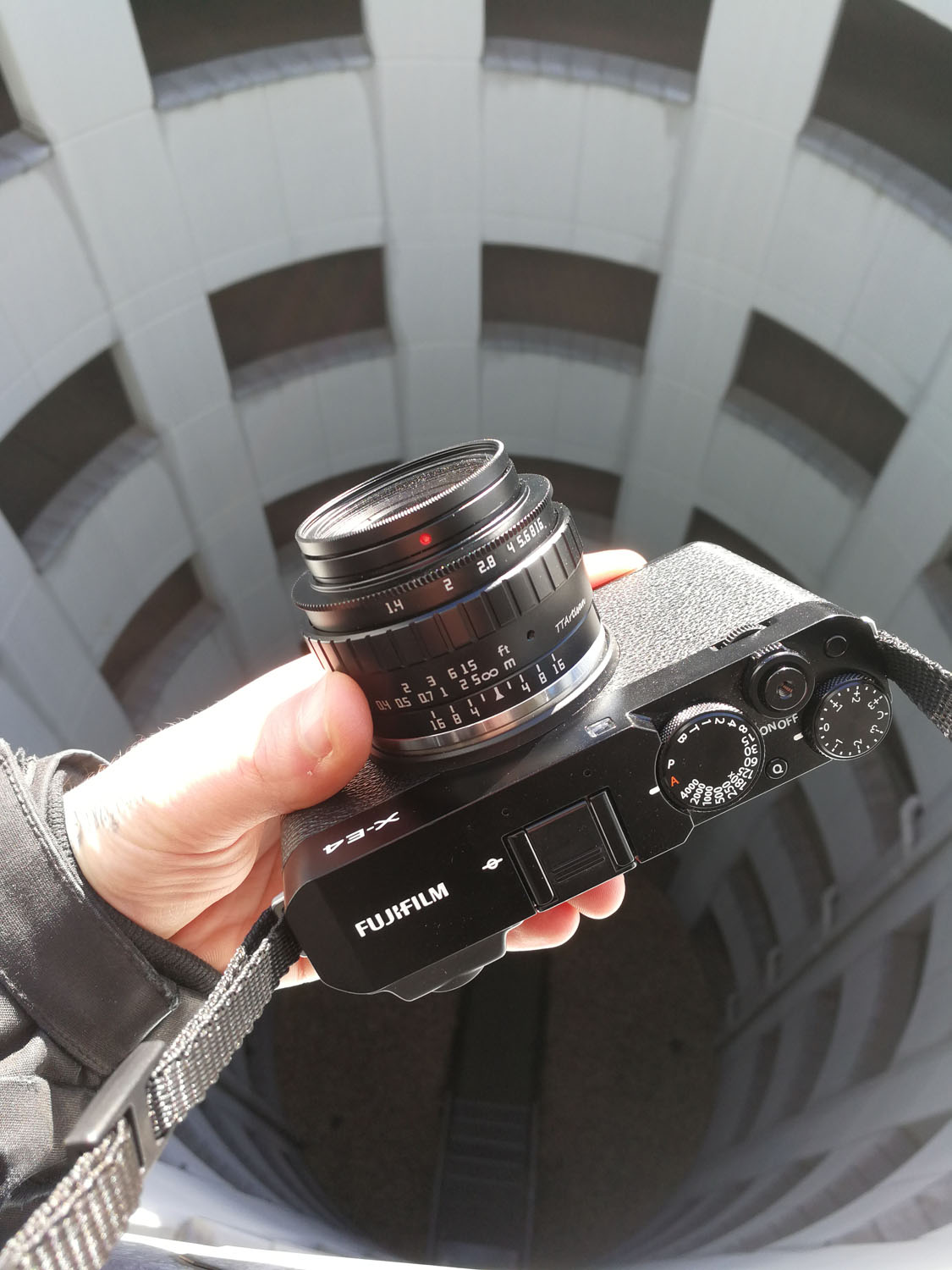
To get that film look so characteristic of your photos, do you take advantage of your camera’s film simulations, or is all the work done from scratch once you move to the post-processing stage on the computer?
Especially the film simulation at Fujifilm interested me so much, when they showed me what it is and what this camera does with it, I wanted that too.
So I work exclusively with my own made “recipes” with the film simulation from Fuji. Seeing how the picture looks right away and being able to switch styles during the shoot is just great.
Whether it’s taking different photos of a location while traveling or being able to present the customer with a finished result directly during a shoot, it’s just fun. I’ve worked on computers for so many years and sat at my desk for so many hours, and today Fuji has made my workflow so much easier. Of course, there is always the possibility that something has to be corrected on the PC, but otherwise, it’s just a dream.

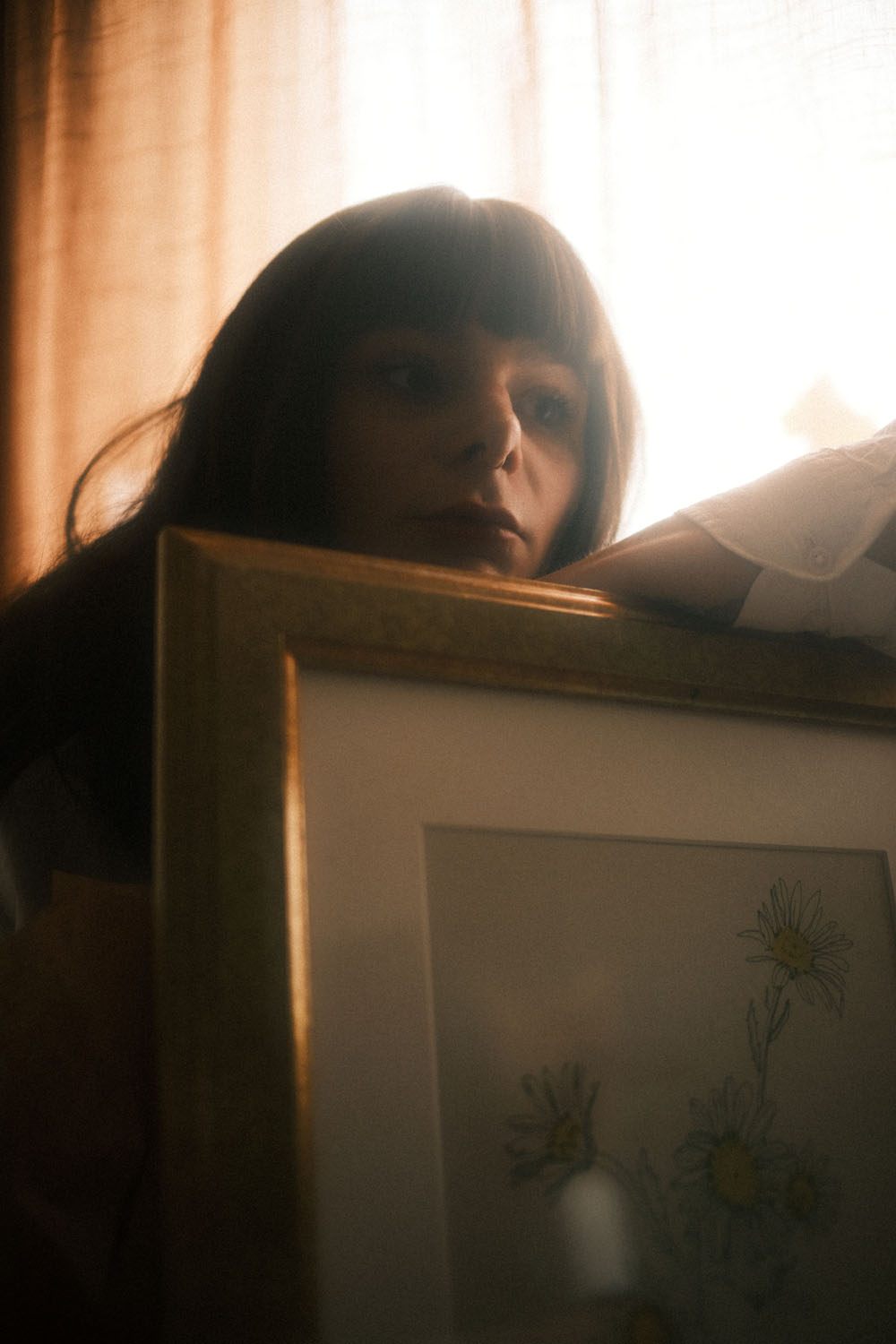
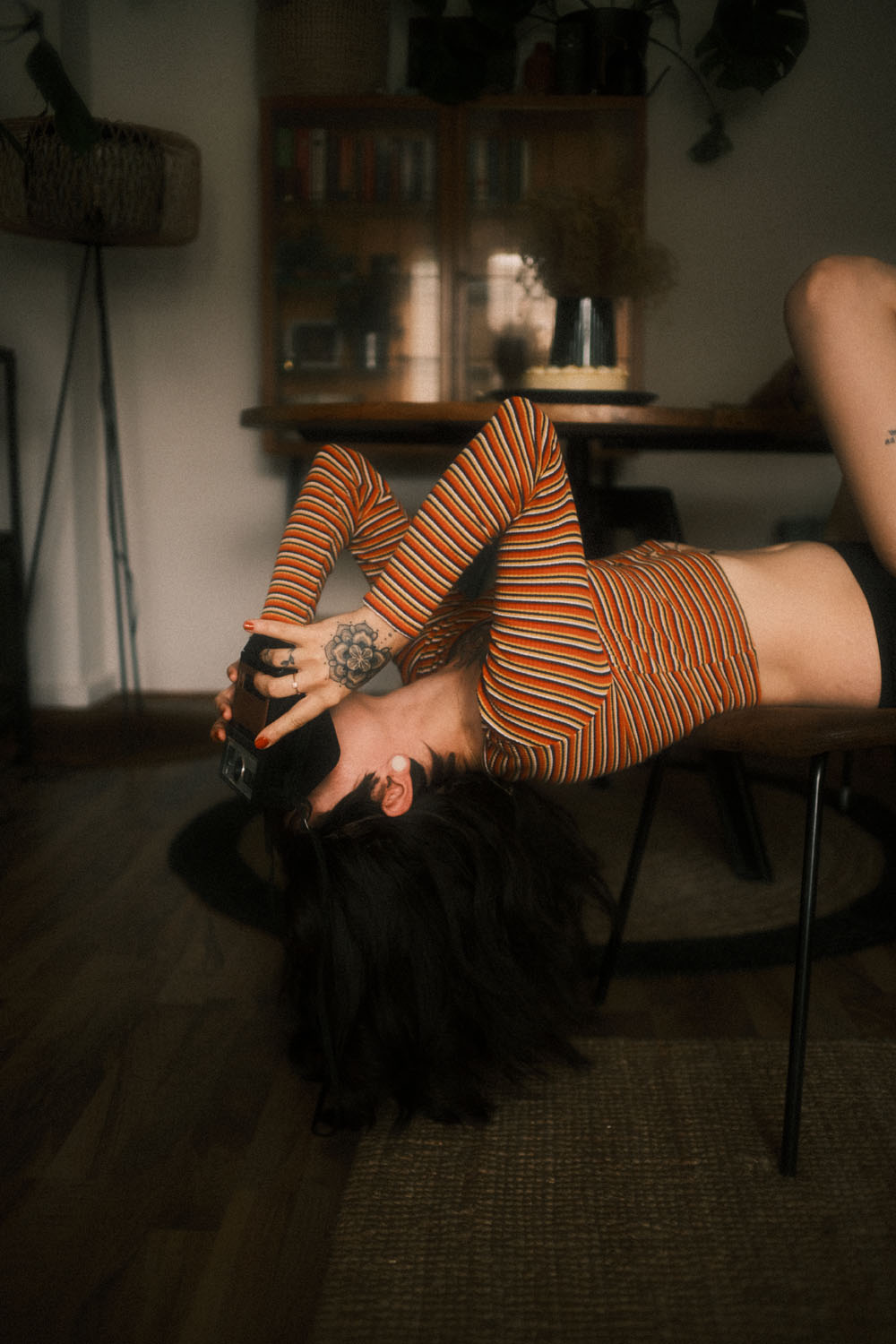
RIGHT: Fuji X-E4 . TTArtisan 23mmF1.4 . 1/230″ . ISO 640
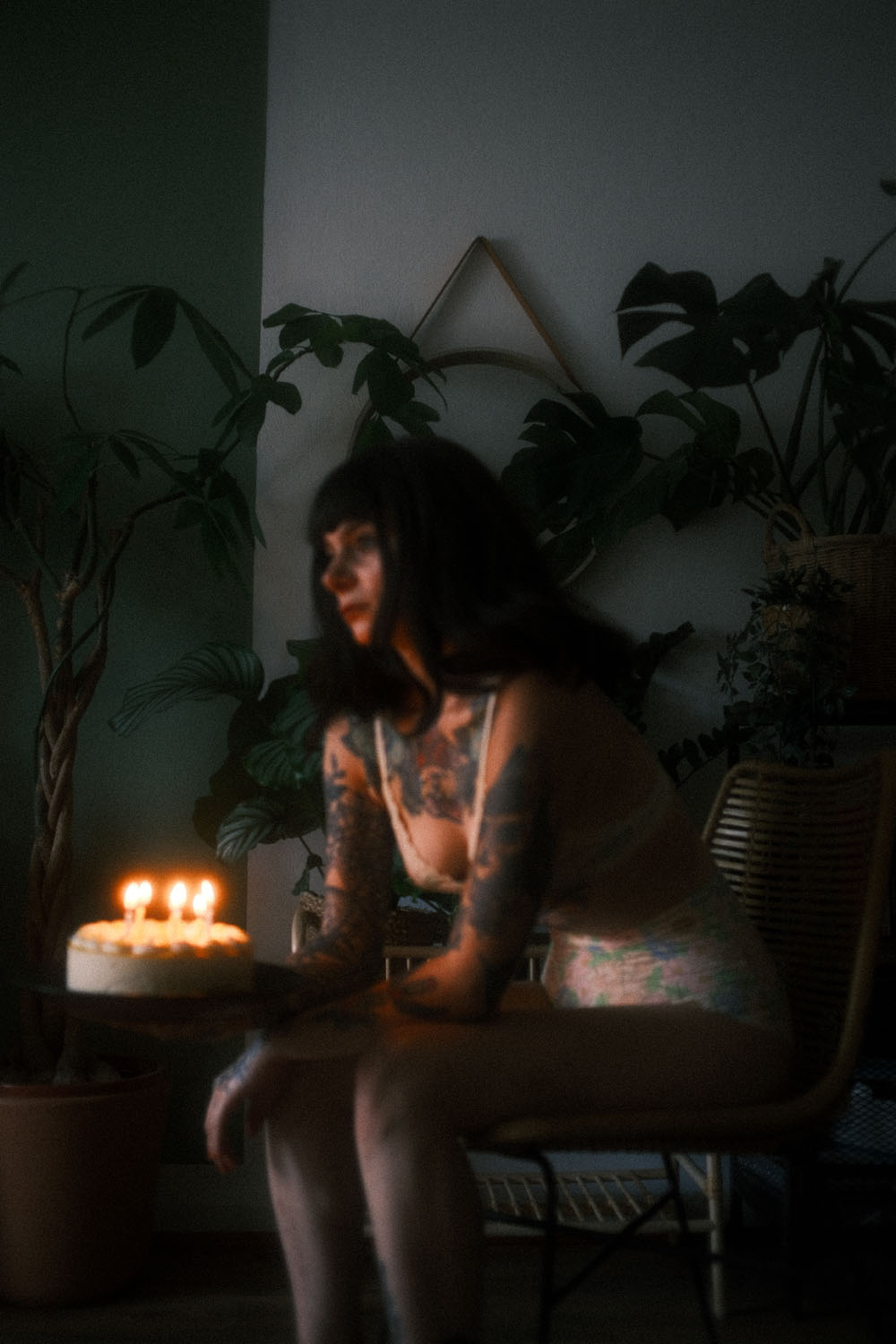

RIGHT: Fuji X-E4 . TTArtisan 23mmF1.4 . 1/240″ . ISO 640
Whether in broad daylight, at dusk or even at night, the careful choice of the light source and its exemplary use stands out in your portfolio. Could you share some tips on how to get the most out of any light source, be it sunlight, a shop window or a street lamp, for example?
Working with light is beautiful work, but it also requires a certain ability. I only work with natural light and what the location offers me, I have no flash or softboxes with me.
This brings you back to a light-strong lens and the exact settings of the camera, which is an advantage if you want to achieve the analogue retro look in which there is also image noise.
So it’s not bad if the ISO is high and this effect occurs, I don’t need super sharp photos in high resolution. I want my picture to have some noise and maybe not be 100% sharp sometimes, because that’s what defines my style in the end. An imperfect, perfect picture.
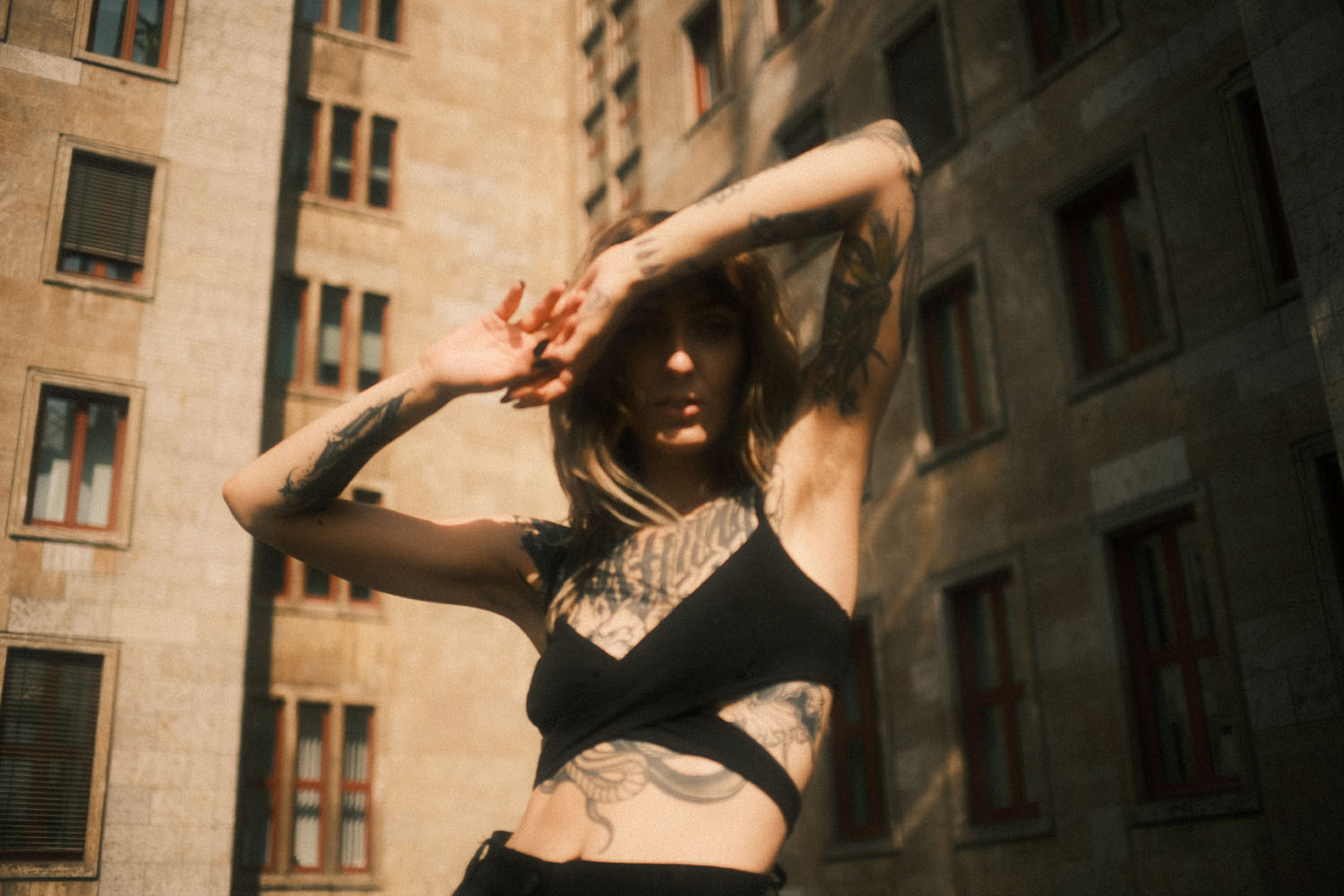
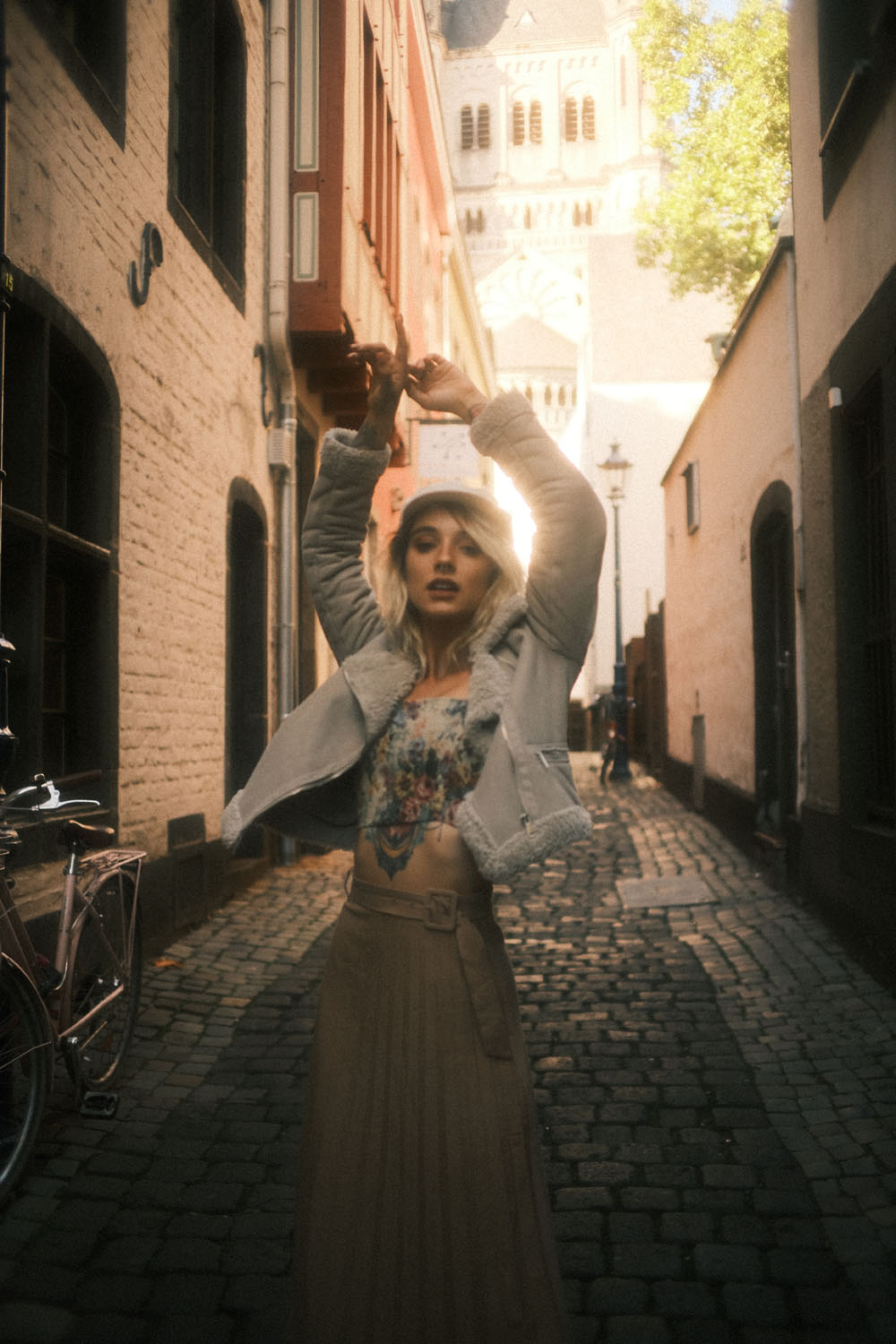
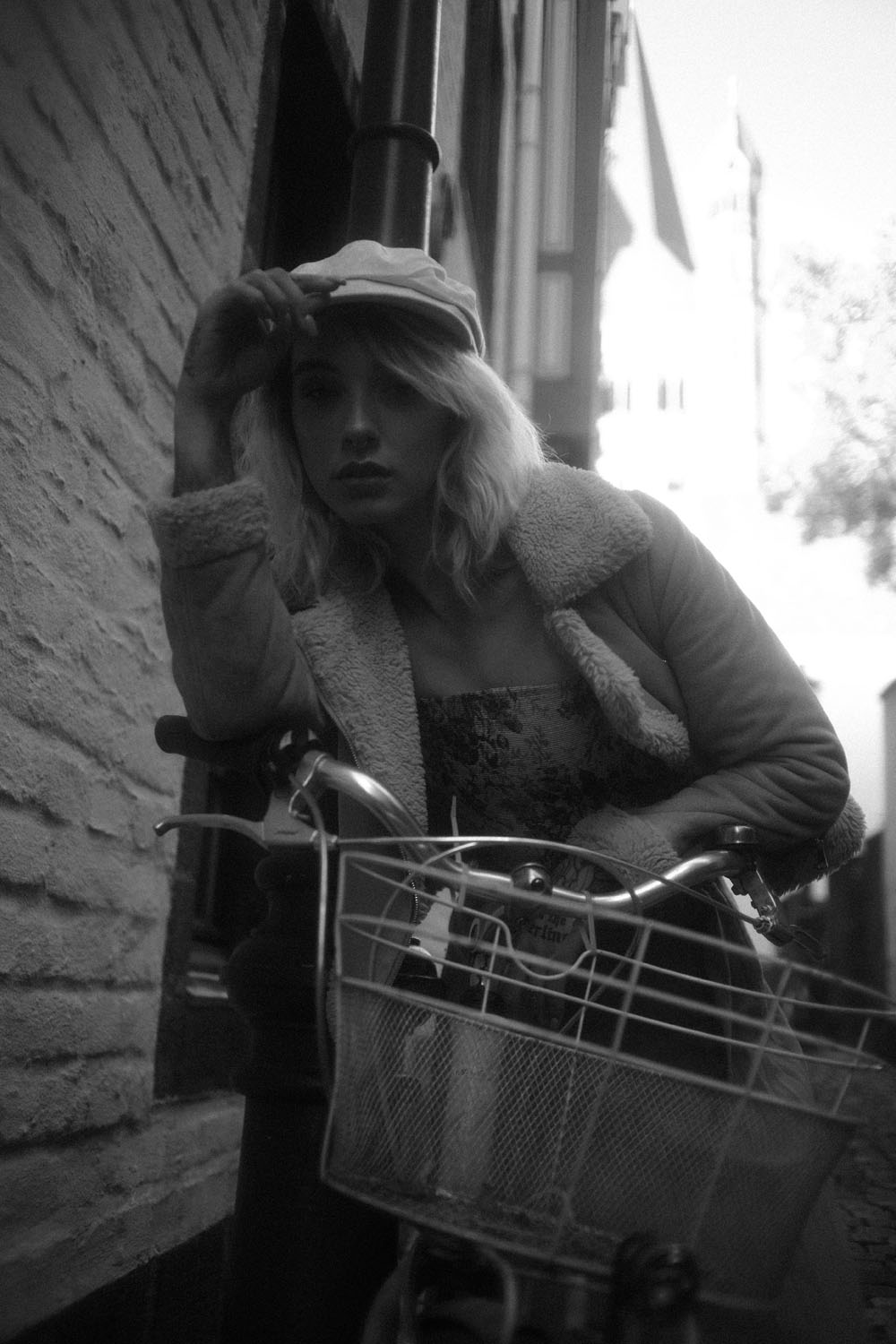
RIGHT: Fuji X-E4 . TTArtisan 23mmF1.4 . 1/270″ . ISO 160


RIGHT: Fuji X-E4 . TTArtisan 23mmF1.4 . 1/230″ . ISO 160
Once again, our heartfelt thanks for all your availability for this interview! To conclude, would you like to leave a few last words or unveil any project you may have in mind for the near future?
Thank you again for allowing me to say a few words here, and I look forward to another one.
What I always say, is never lose the passion behind the work. It should be fun and bring joy. If something doesn’t work out the way you want it to, don’t give up but keep working on it.
I think it’s always great to exchange ideas with others and thereby learn more and make new contacts.
Projects are sometimes more, sometimes less, currently for different brands, but I’m looking forward to traveling with Fuji in the future.
Most recently, I was in Iceland and developed my own magazine there, I want to do something like that more. The X-E4 and I travel the world, meet new people and continue to capture moments forever.
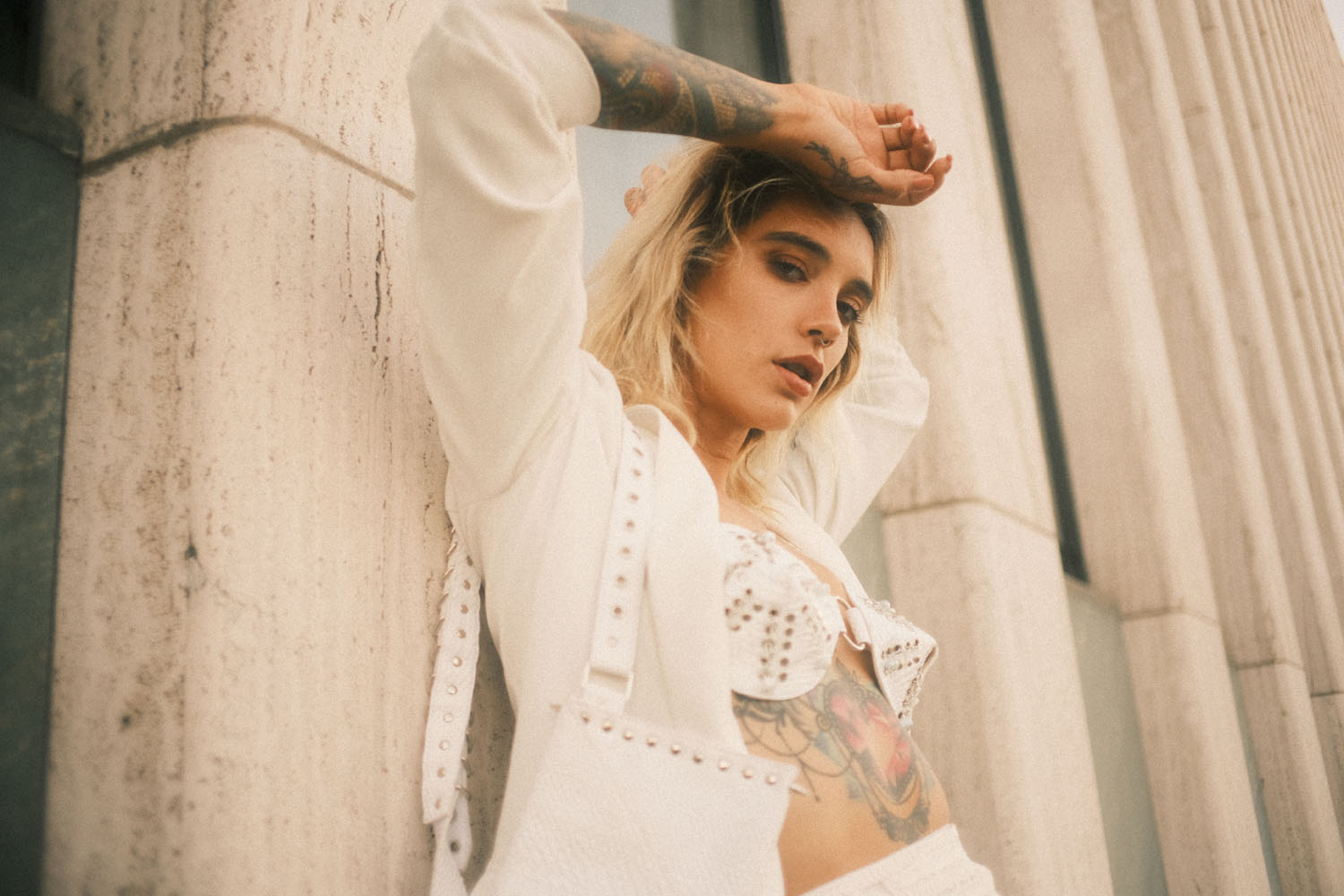
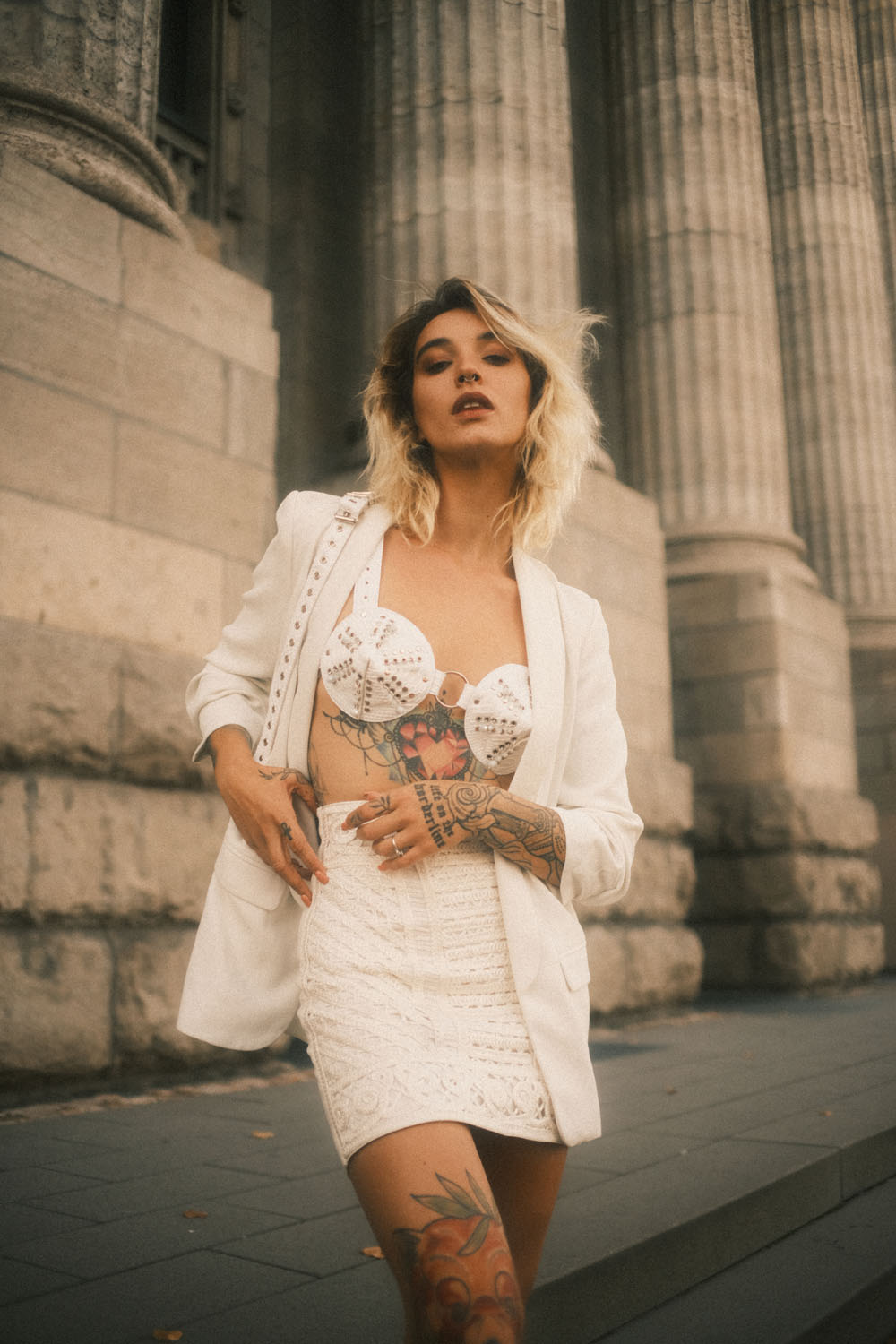
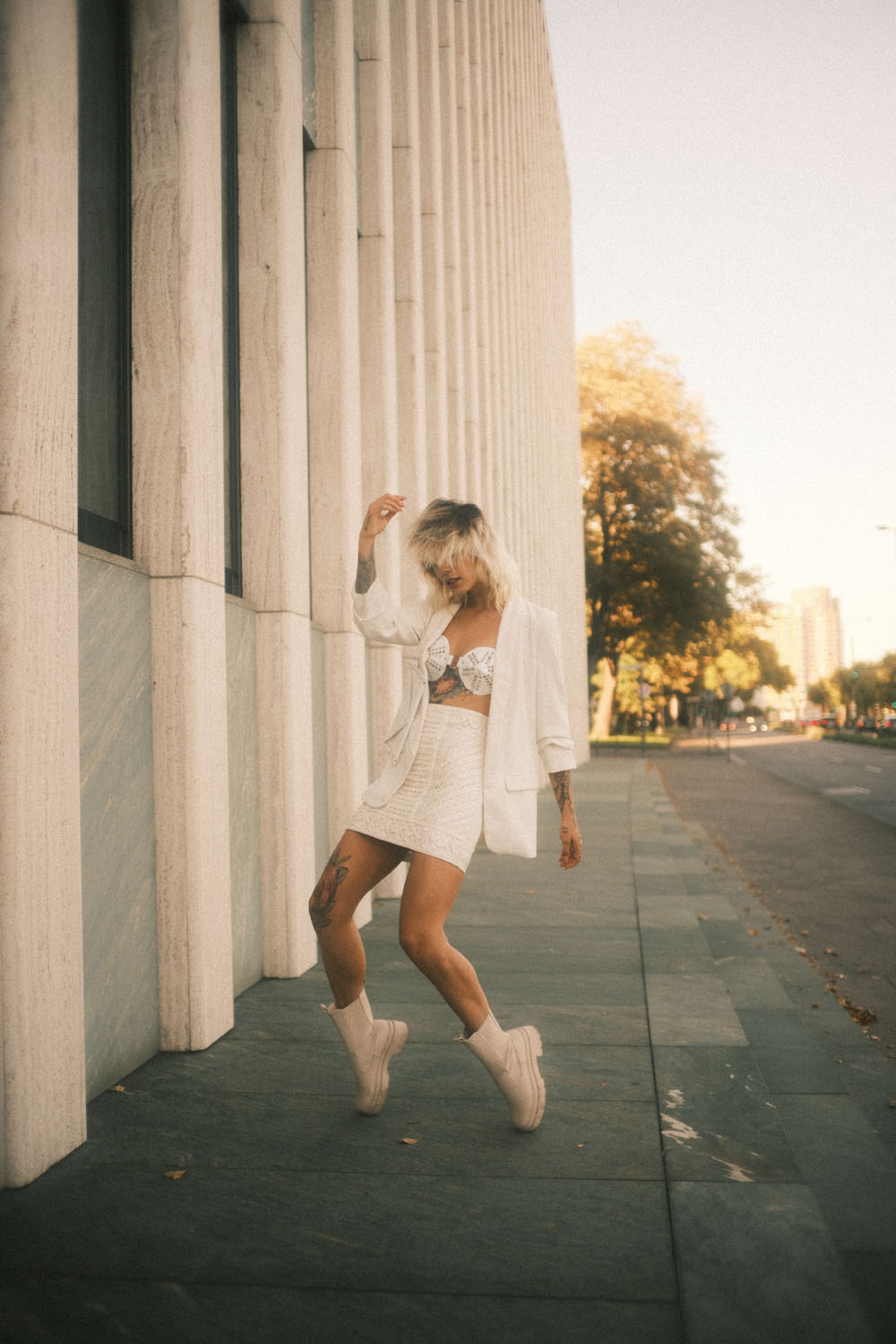
RIGHT: Fuji X-E4 . TTArtisan 23mmF1.4 . 1/3400″ . ISO 640
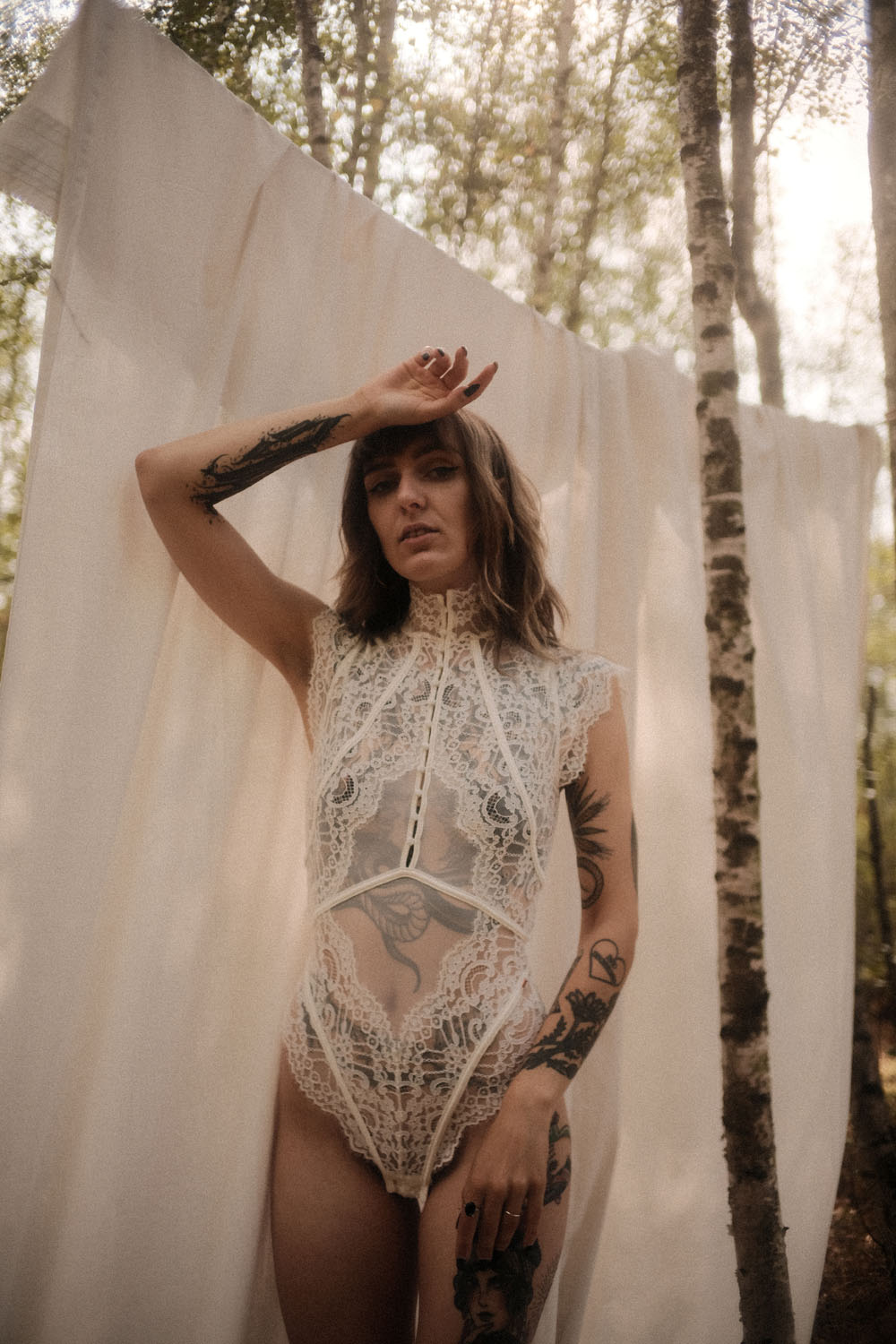
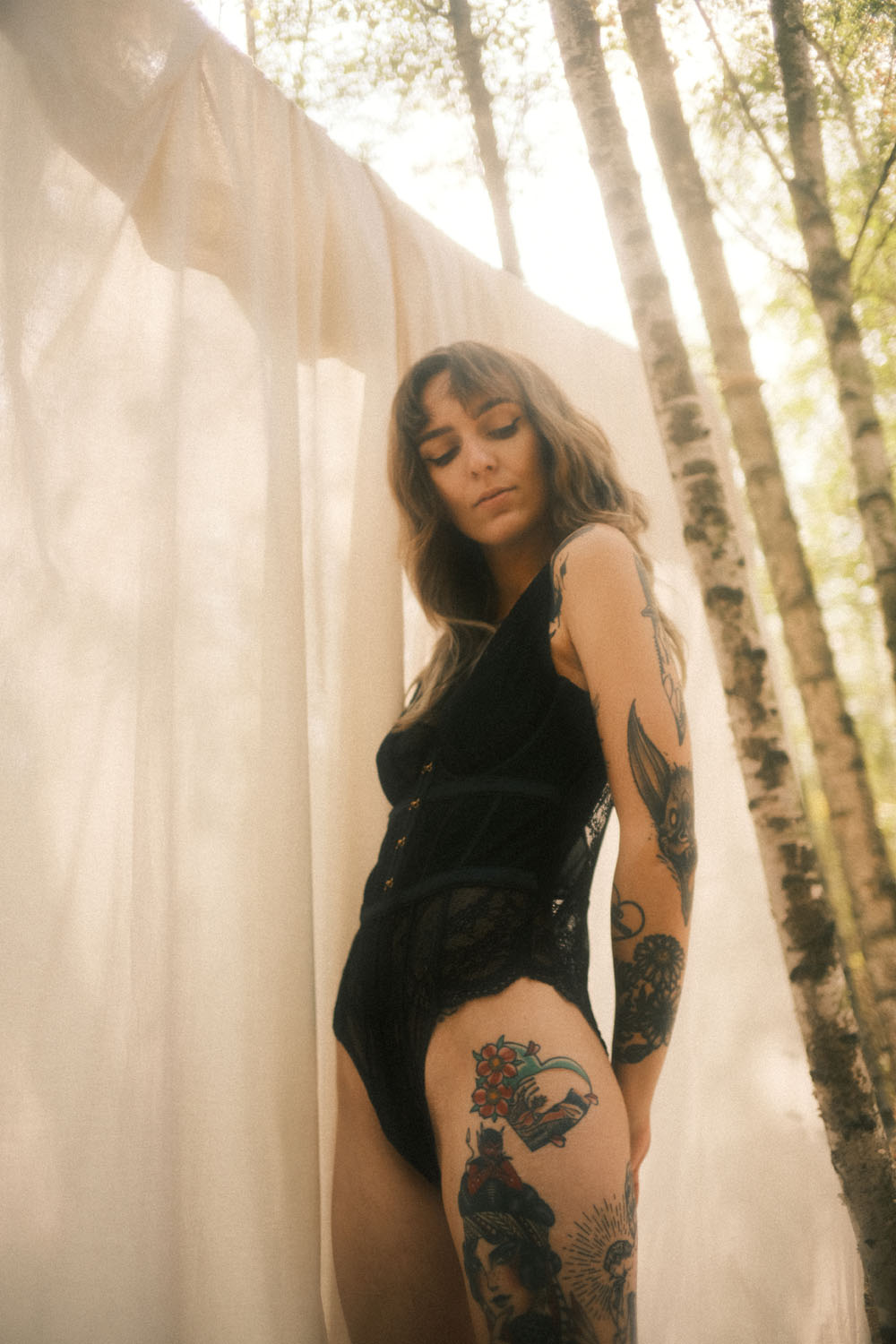
RIGHT: Fuji X-E4 . TTArtisan 23mmF1.4 . 1/4000″ . ISO 640
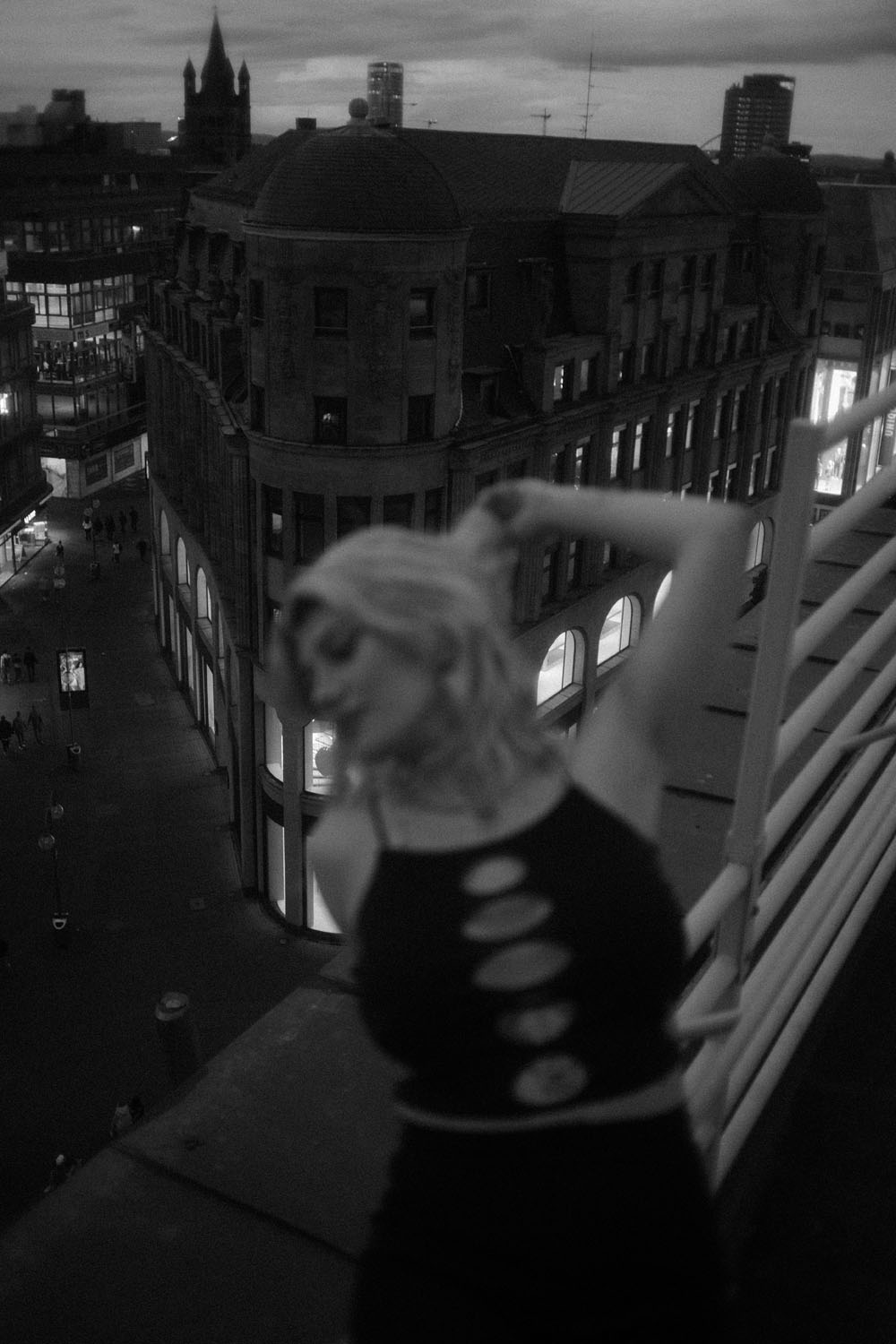
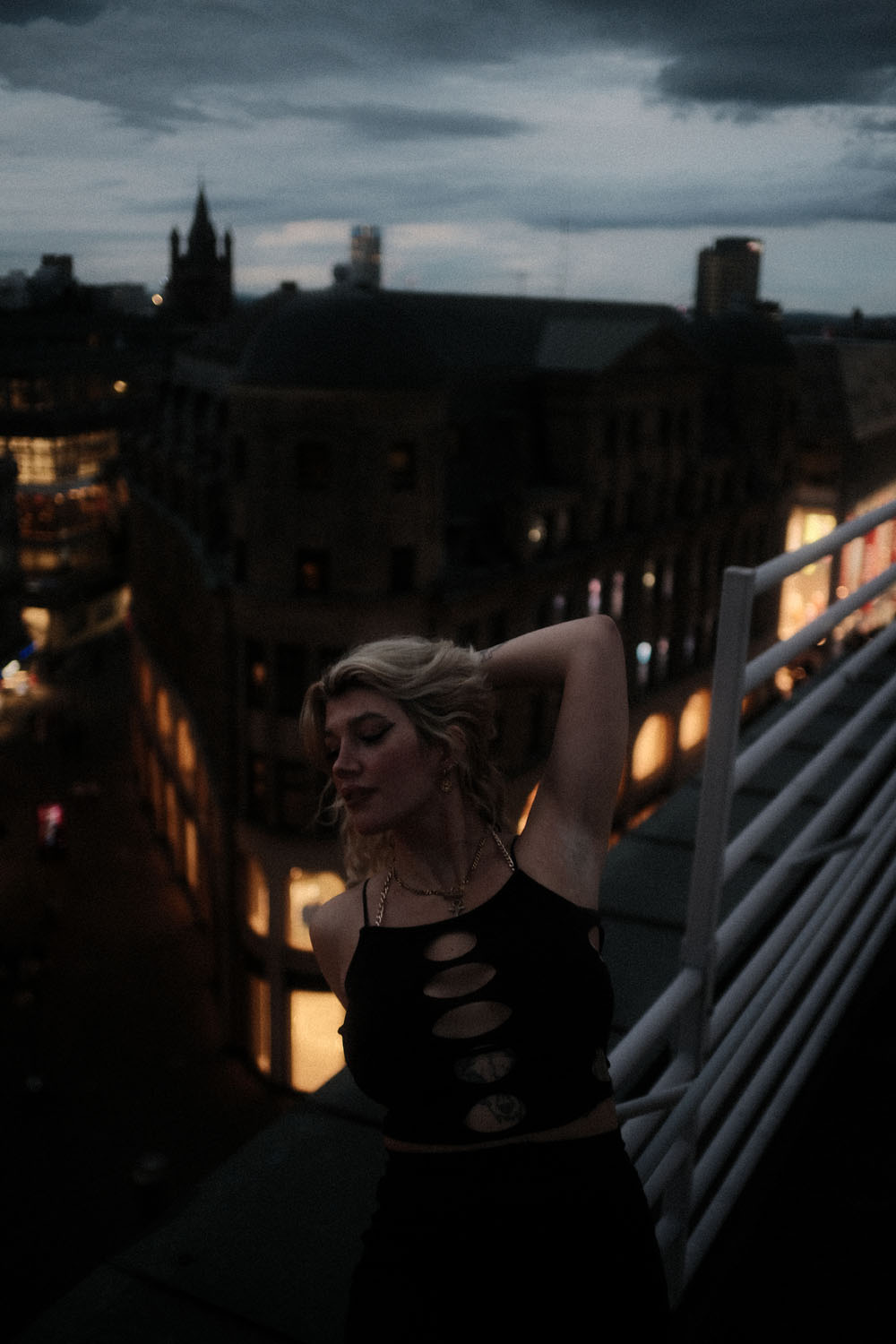
RIGHT: Fuji X-E4 . TTArtisan 23mmF1.4 . 1/120″ . ISO 640

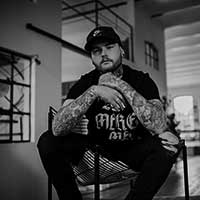
“My name is Joshua Oberhaus. I’m from near Cologne in Germany and love to take pictures. I started as a child with a small digital camera, and from then on, I discovered my passion.”

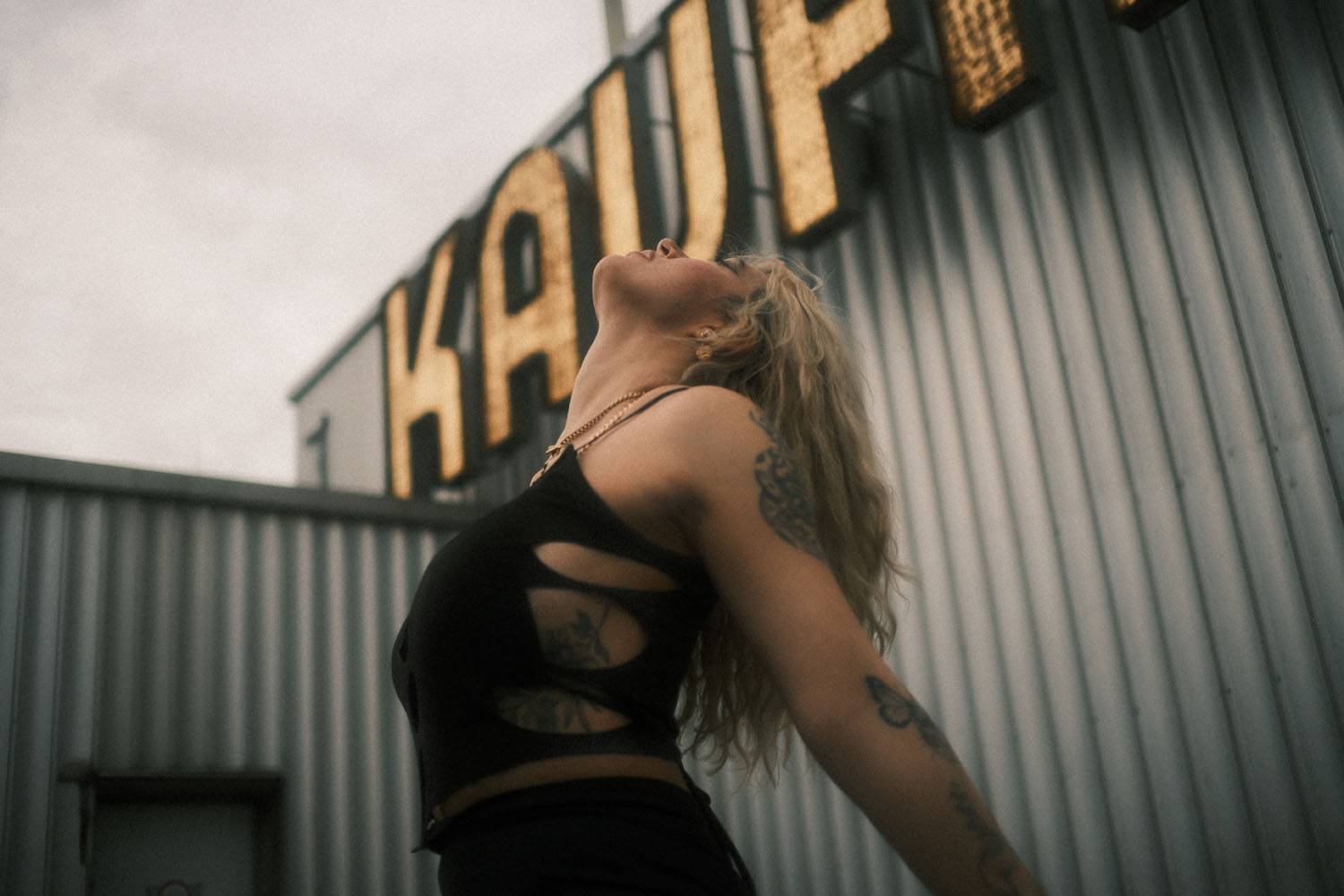



Philip Sutton
April 27, 2023 @ 5:12 am
Lovely images and as mentioned, you have a unique style. I know what you are saying about the Fuji colours and look. I shot over a decade with Fuji and have only just sold them all off and swapped over for Nikon. I just found for the style that my clients needed, (Fuji crop-sensor can struggle in high ISO and low light, and I shoot a lot in low light), that I needed a FF system. The images from my Nikon Z lenses are incredibly sharp and beautiful but rather clinical. I can’t get the ‘secret sauce’ look that I used to be able to get with my Fuji RAW files. I had over a dozen Fuji lenses over the years but the classic one was the beautiful 16mm 1.4. I regret selling that lens because many of the images on my website that get the most interest were all taken on that lens.
I was trying to get like a X-T2 and one of their primes to carry around for my personal projects, but Fuji has gone nuts in Australia and literally everything is sold out. No new models at my camera store, nothing on the shelf as stock, and long waiting lists on orders, and no used anything on ebay. I’m very happy with my Nikons. so luckily I do not regret swapping over to the dark side. However, one day when the madness dies down, I’d love to get one Fuji camera (The X-T2 with Trans sensor 3 was the best of all of the cameras – the newer models images are not as nice), and the new 23mm 1.4 WR – I think that would be a marvellous combination.